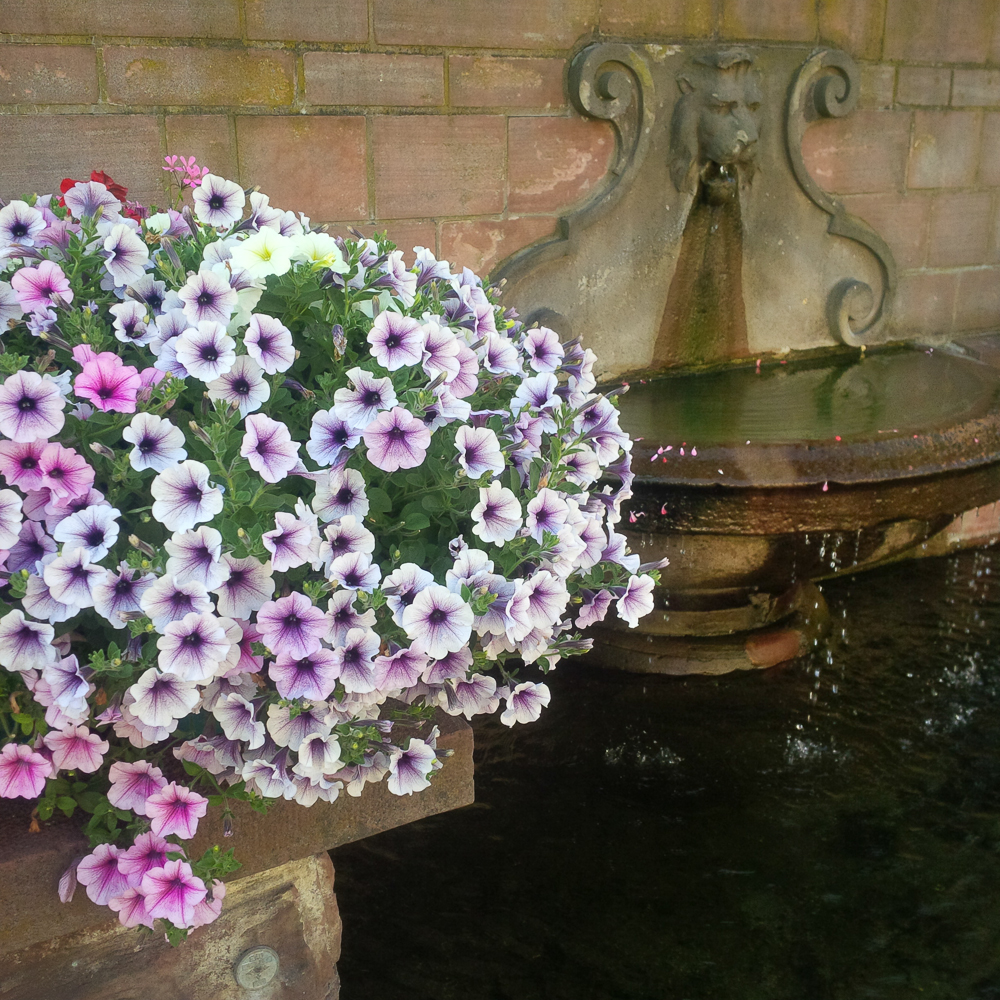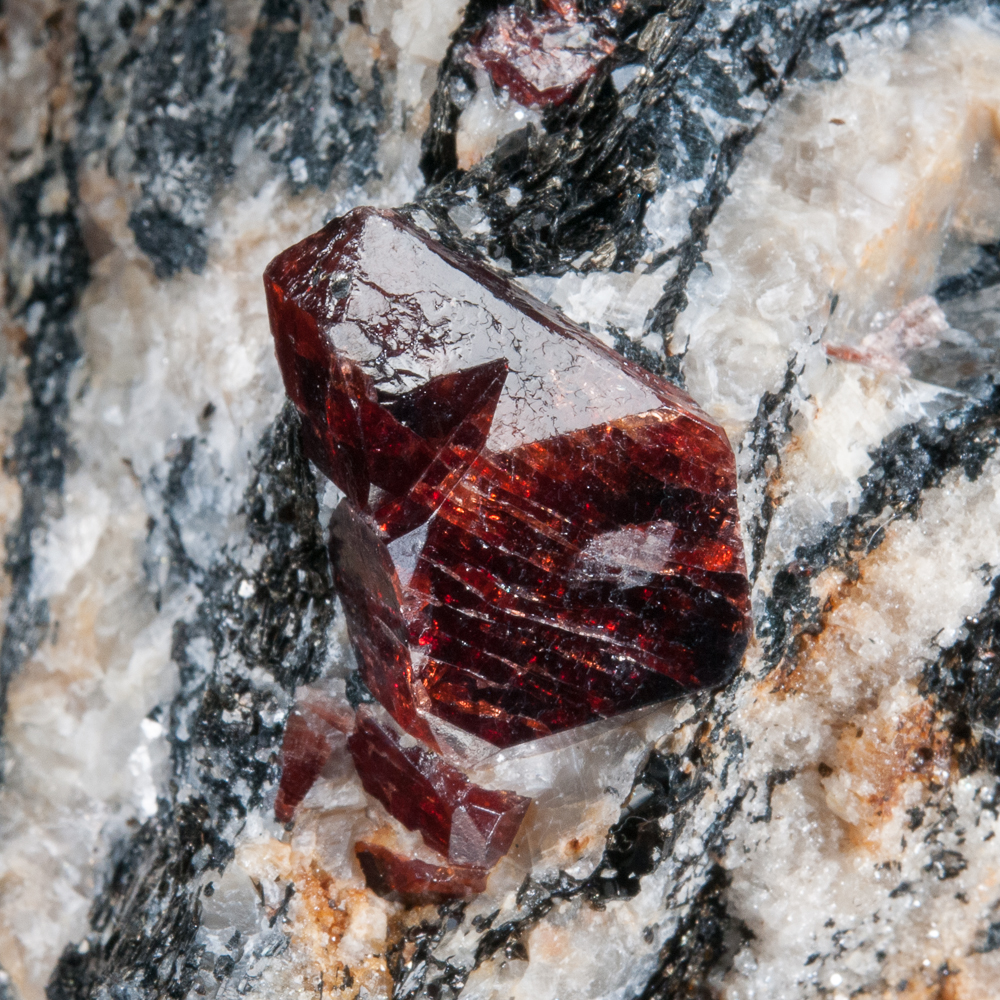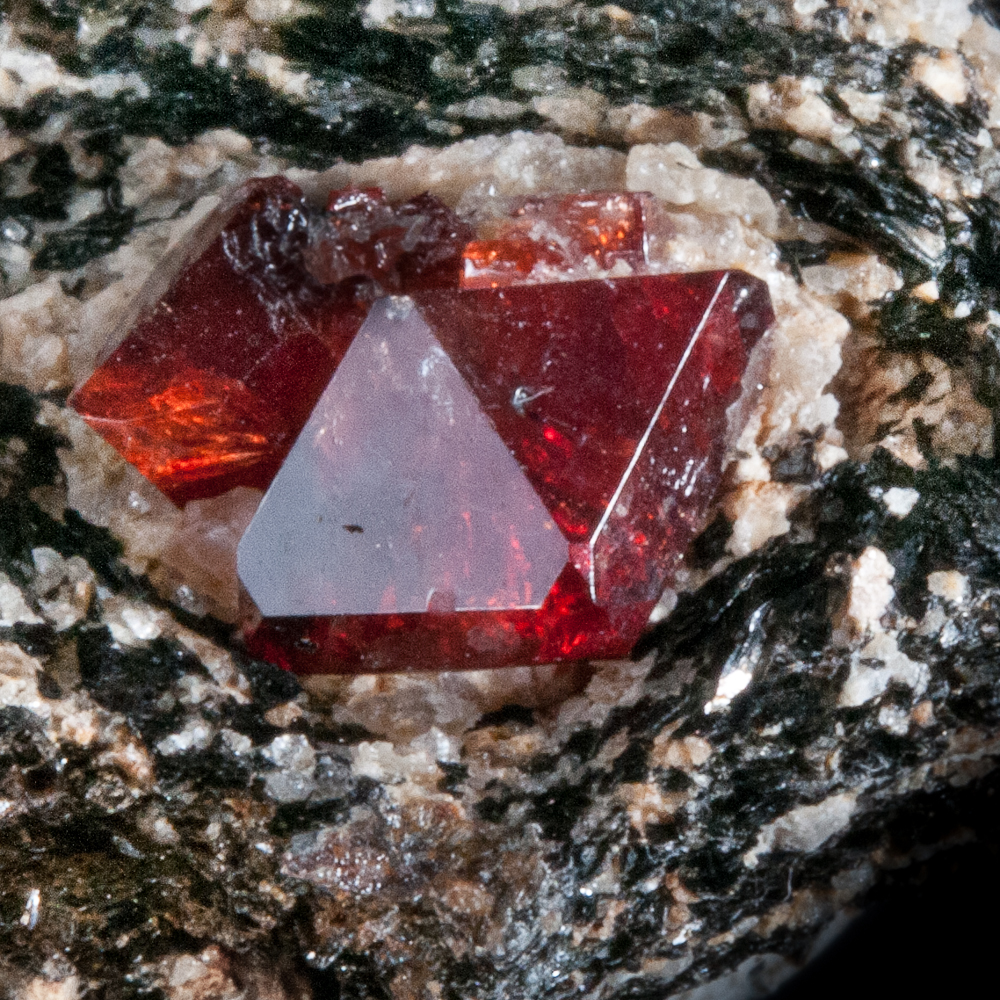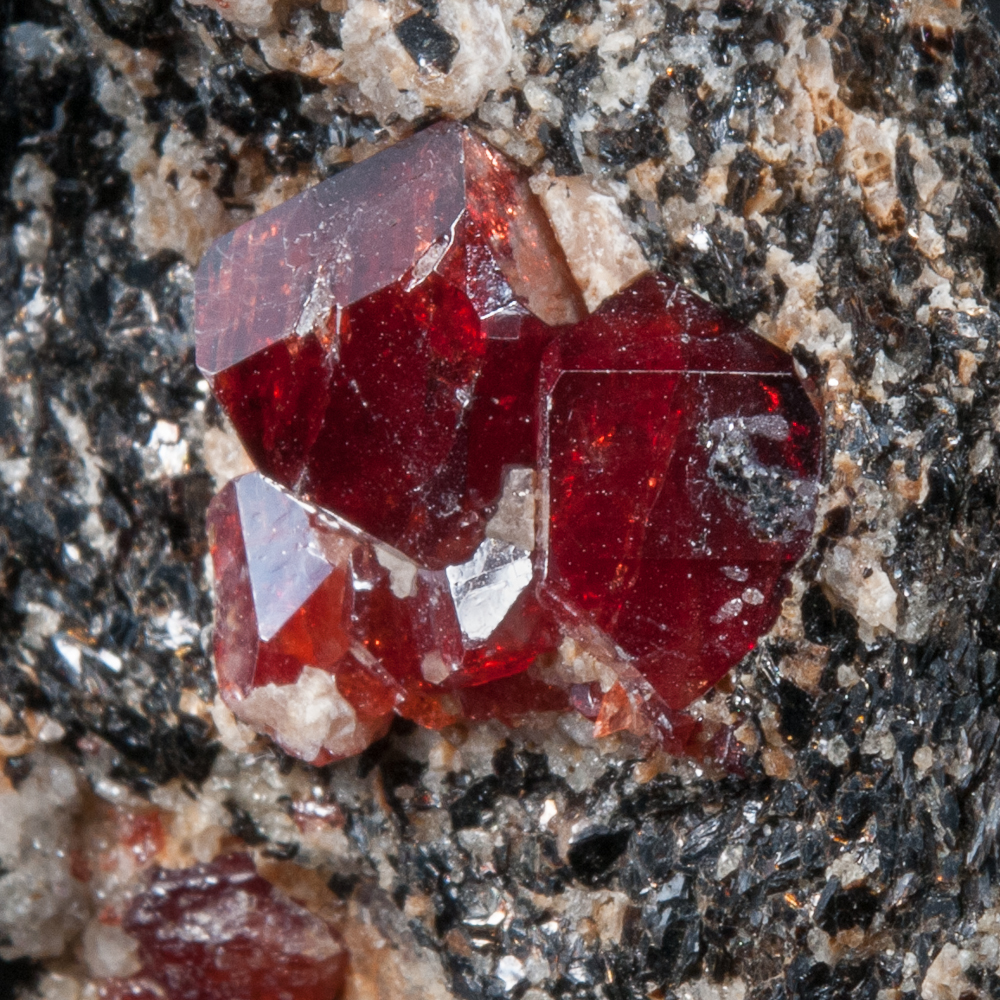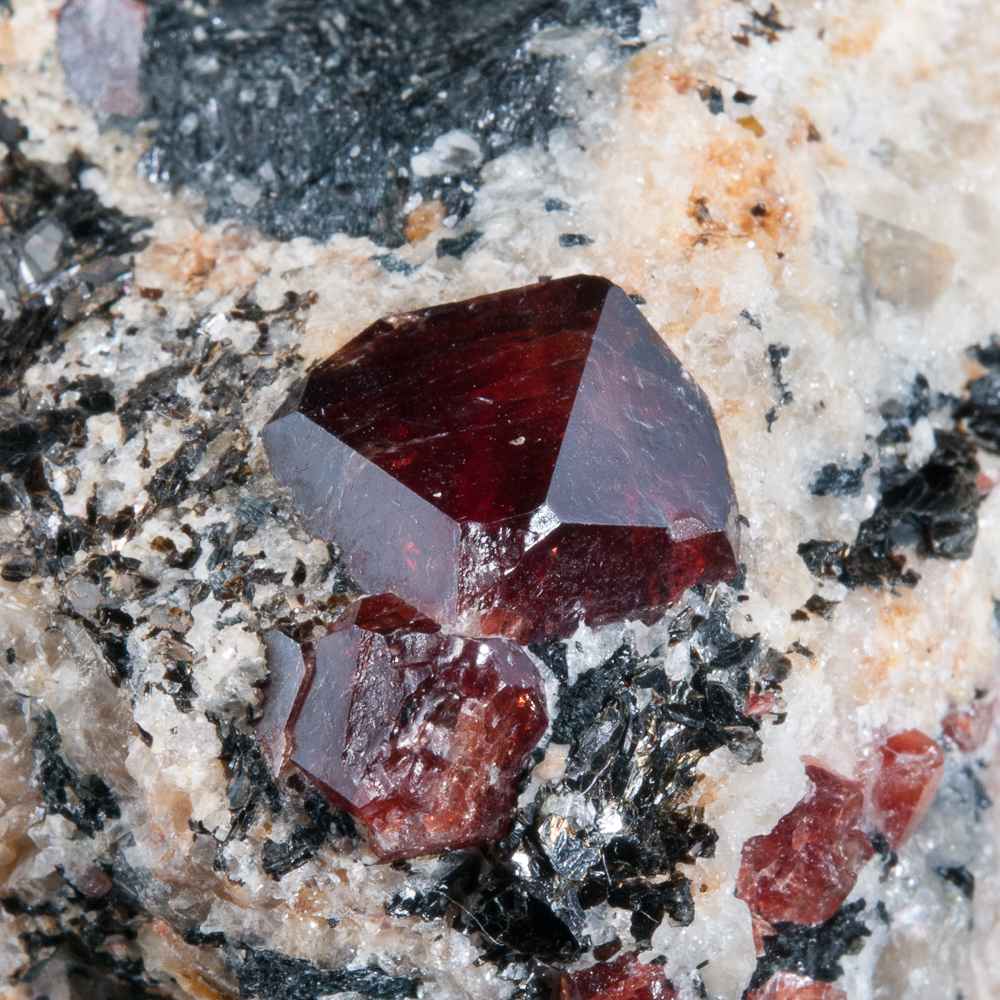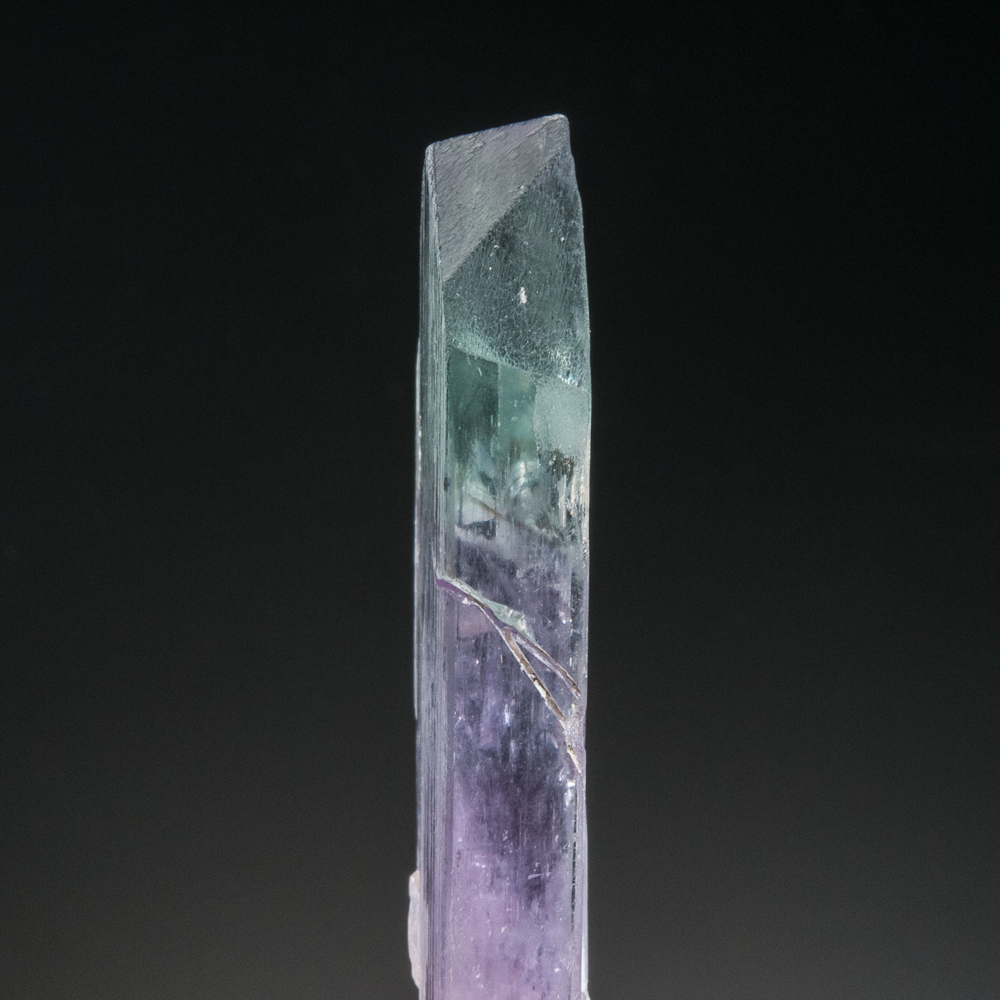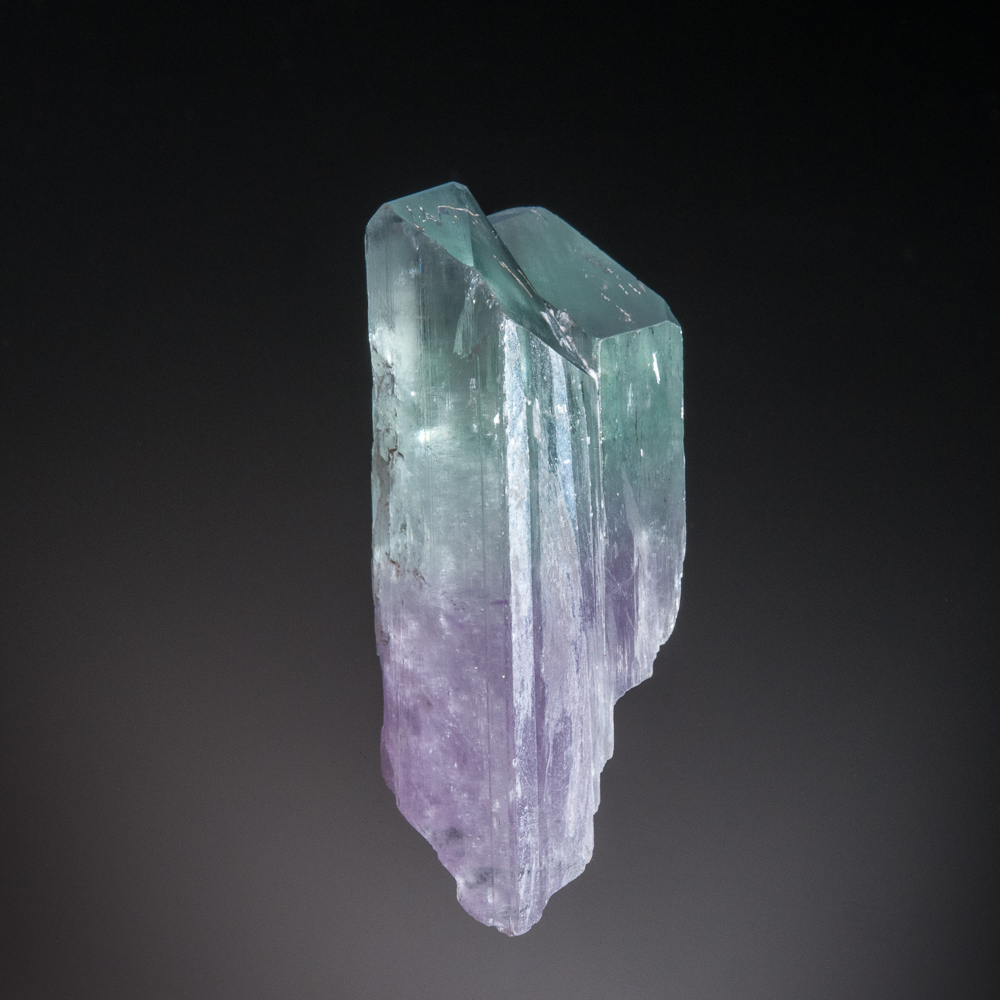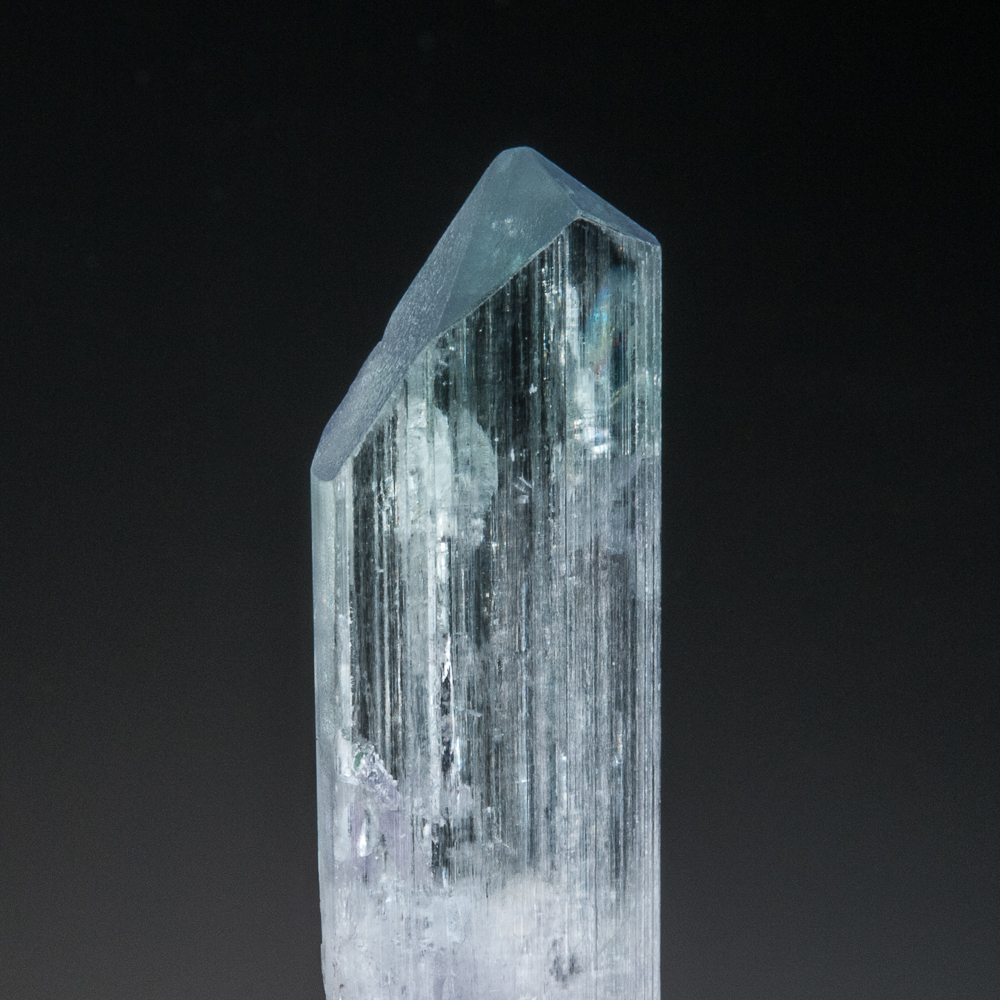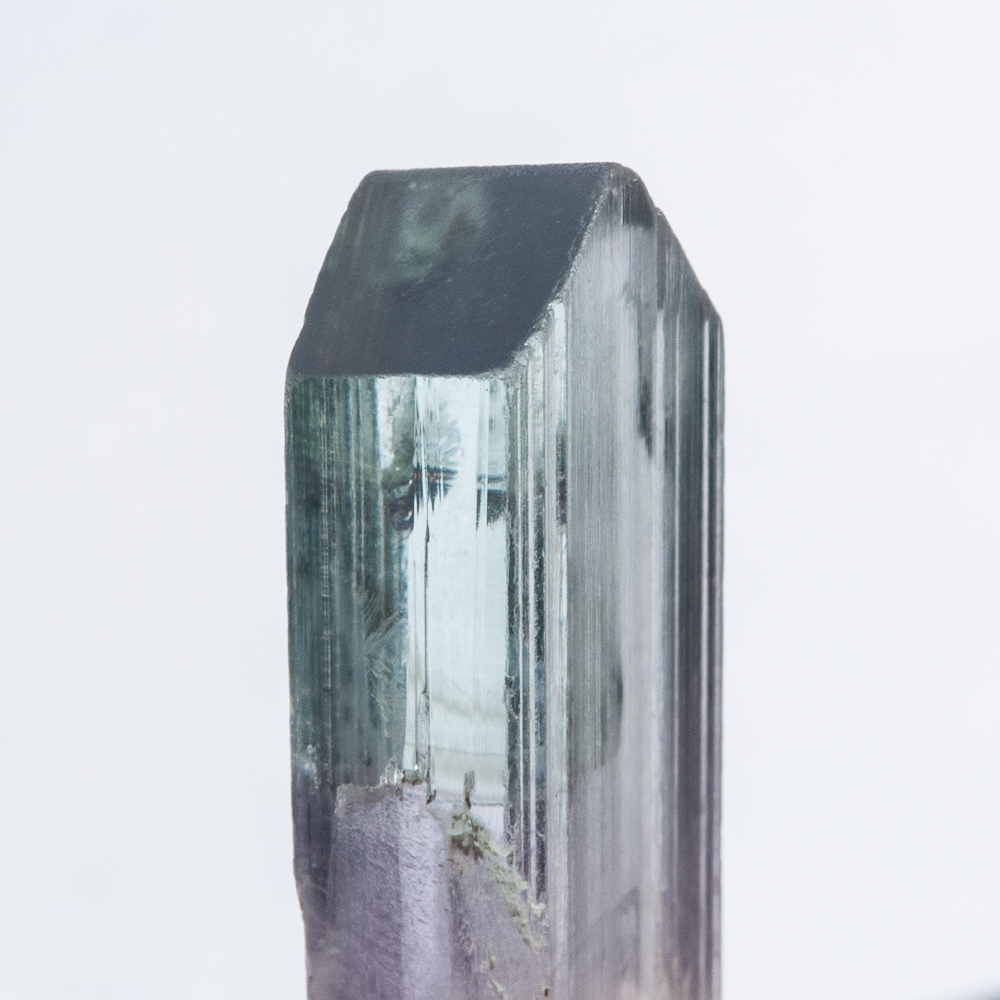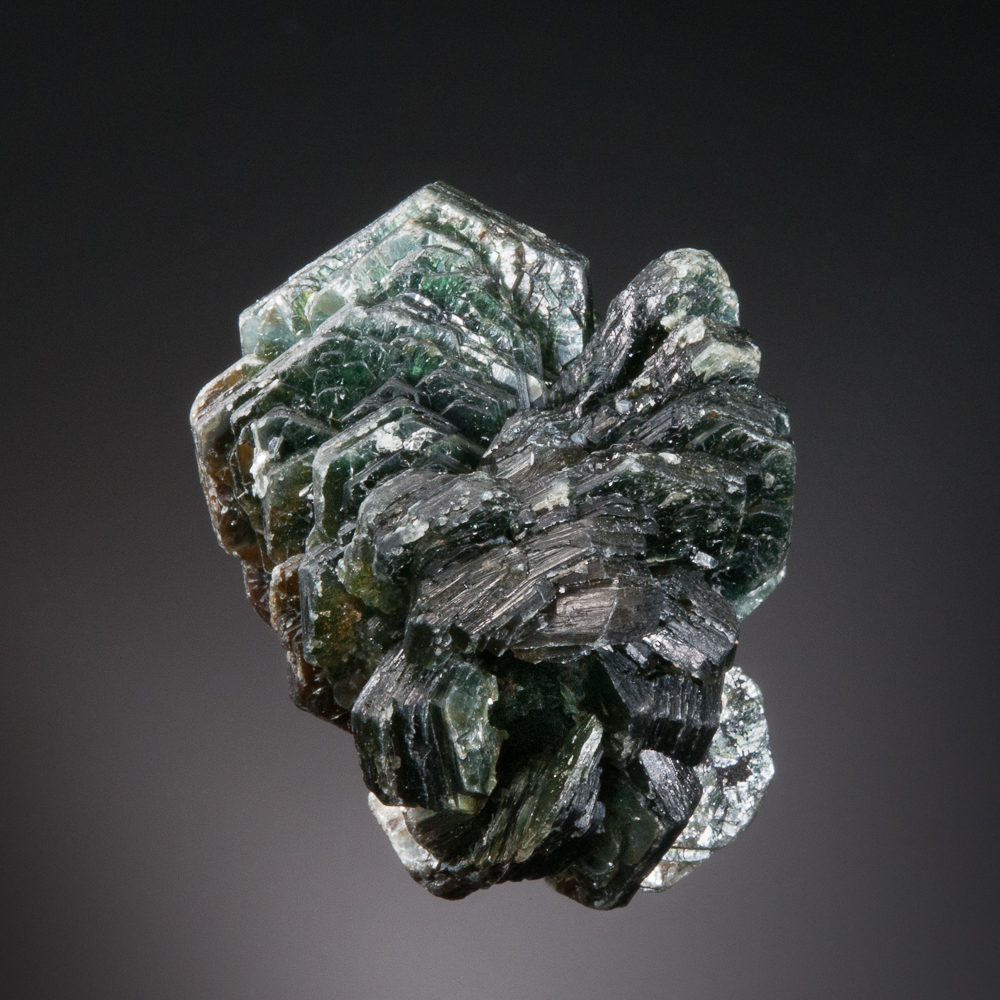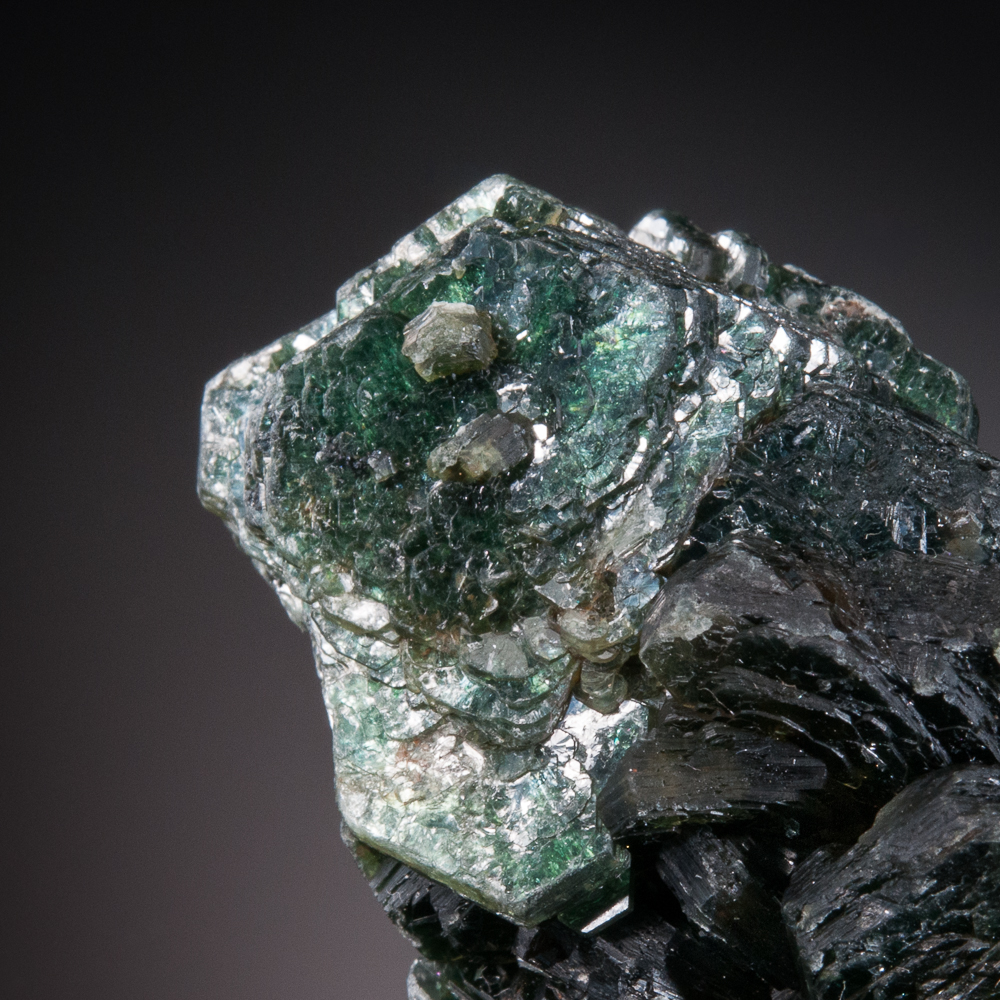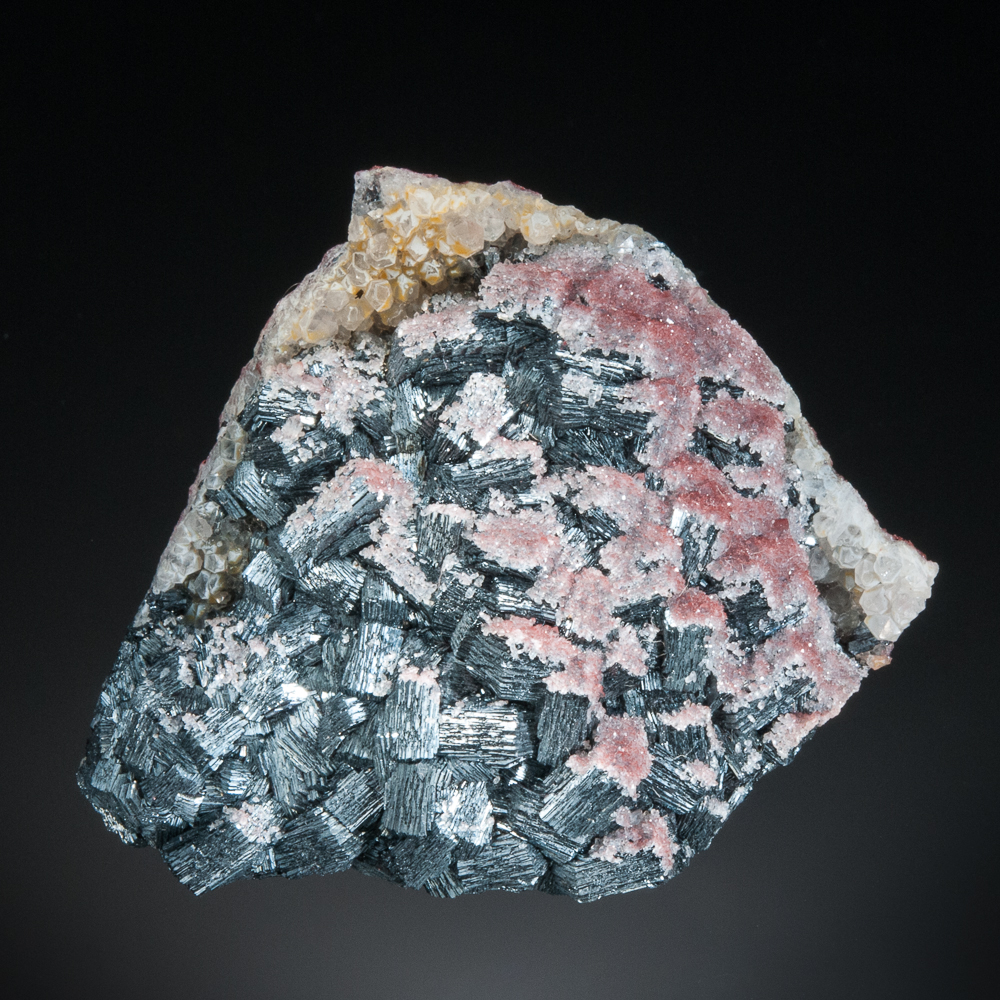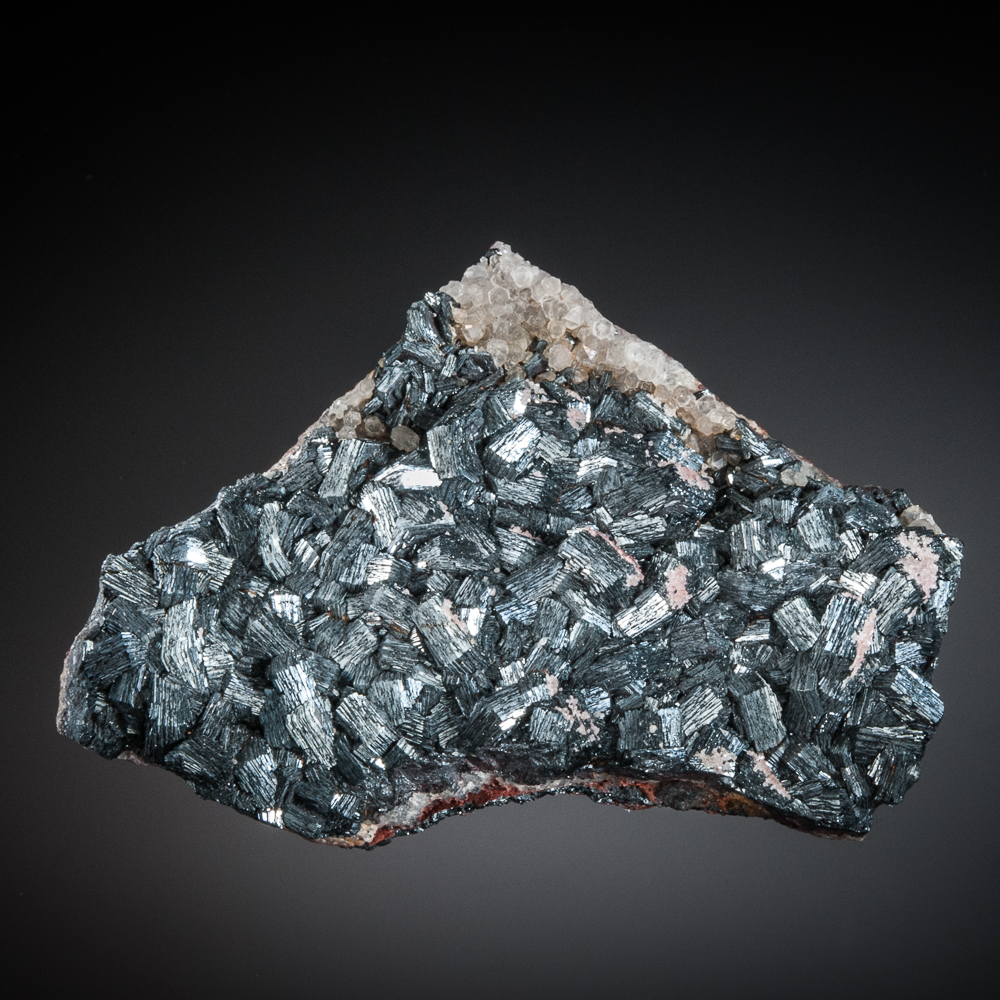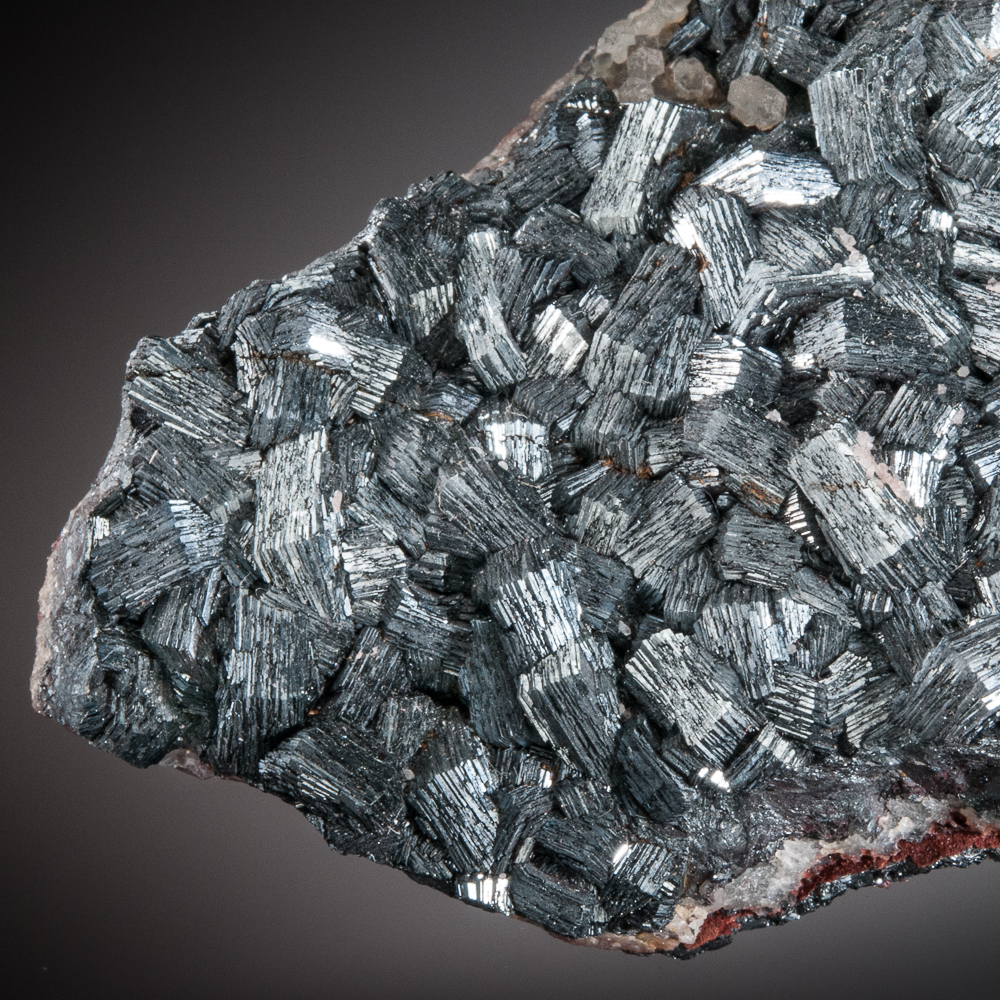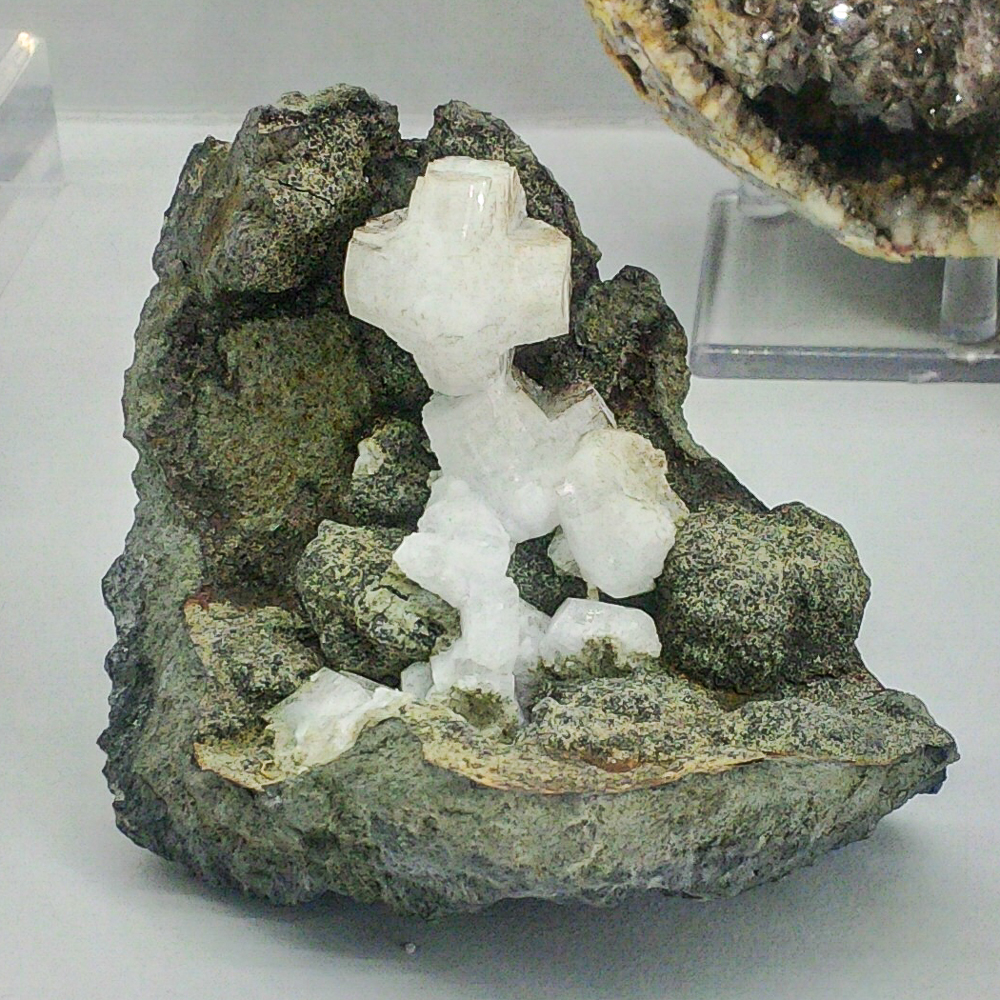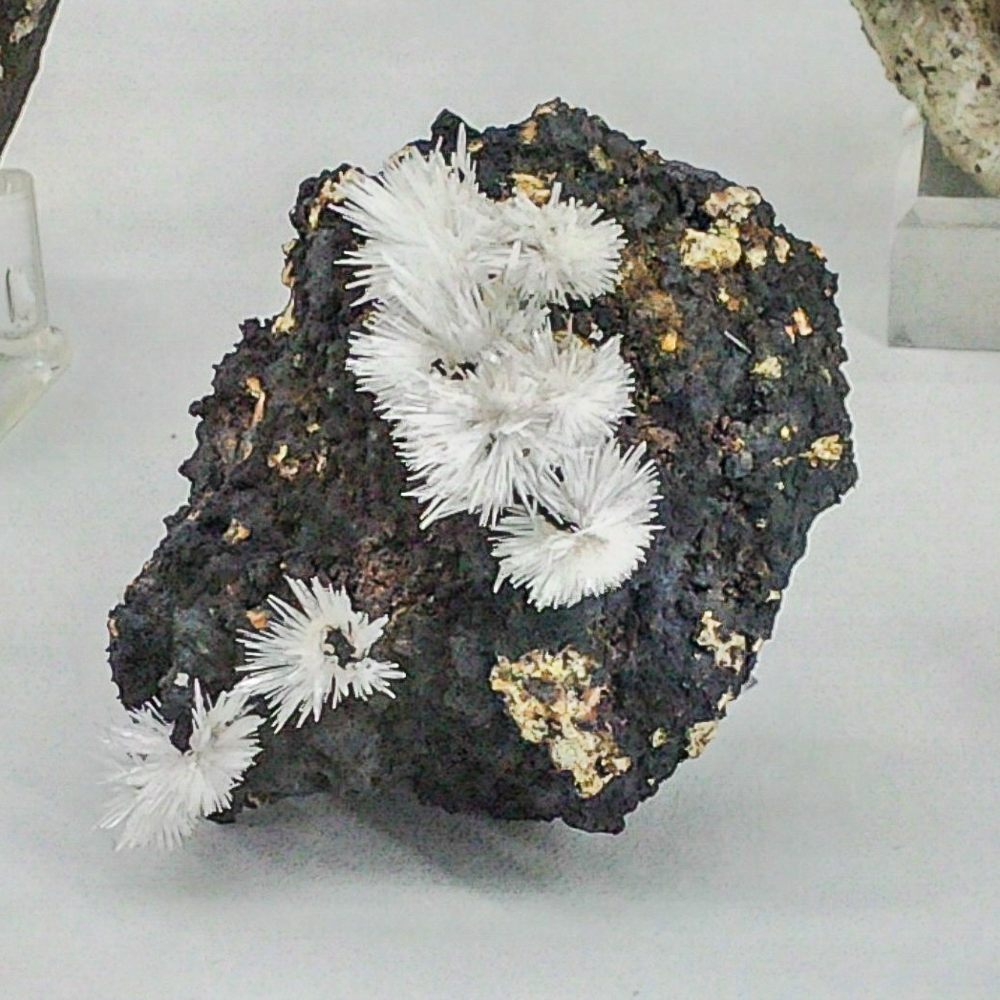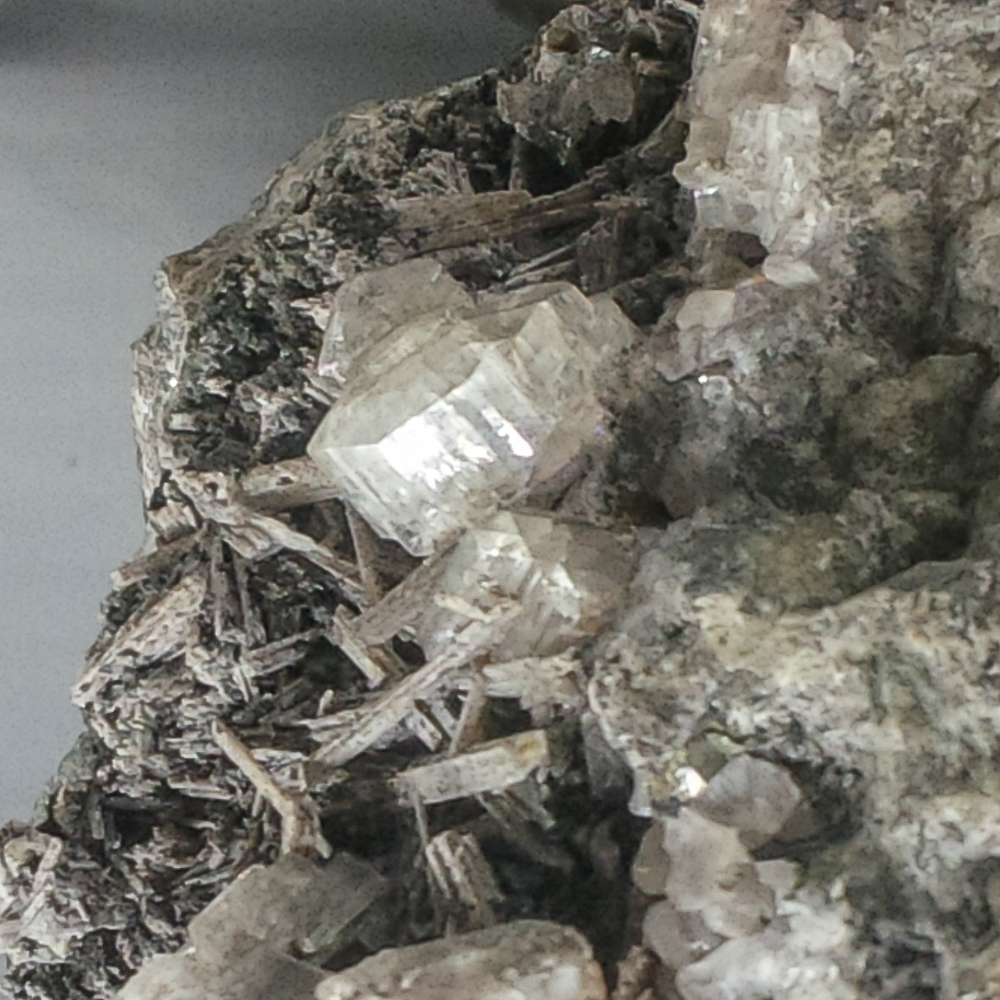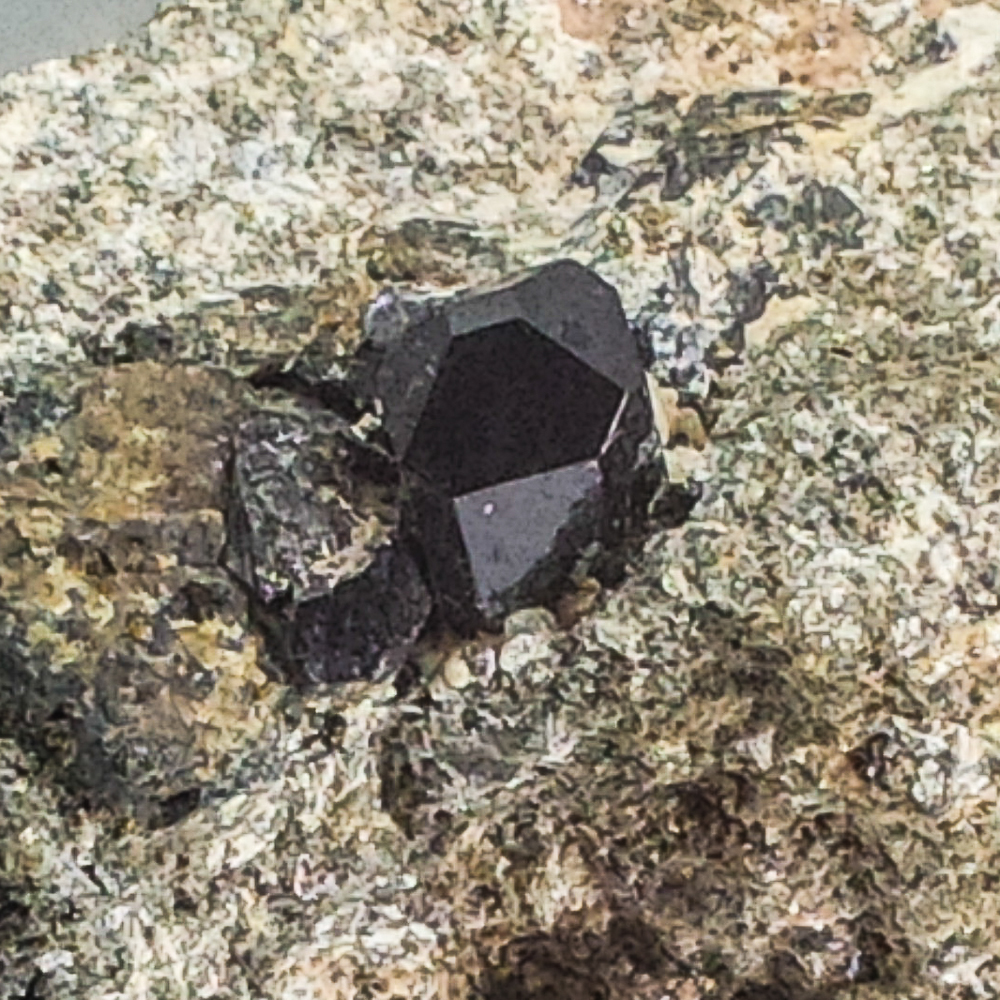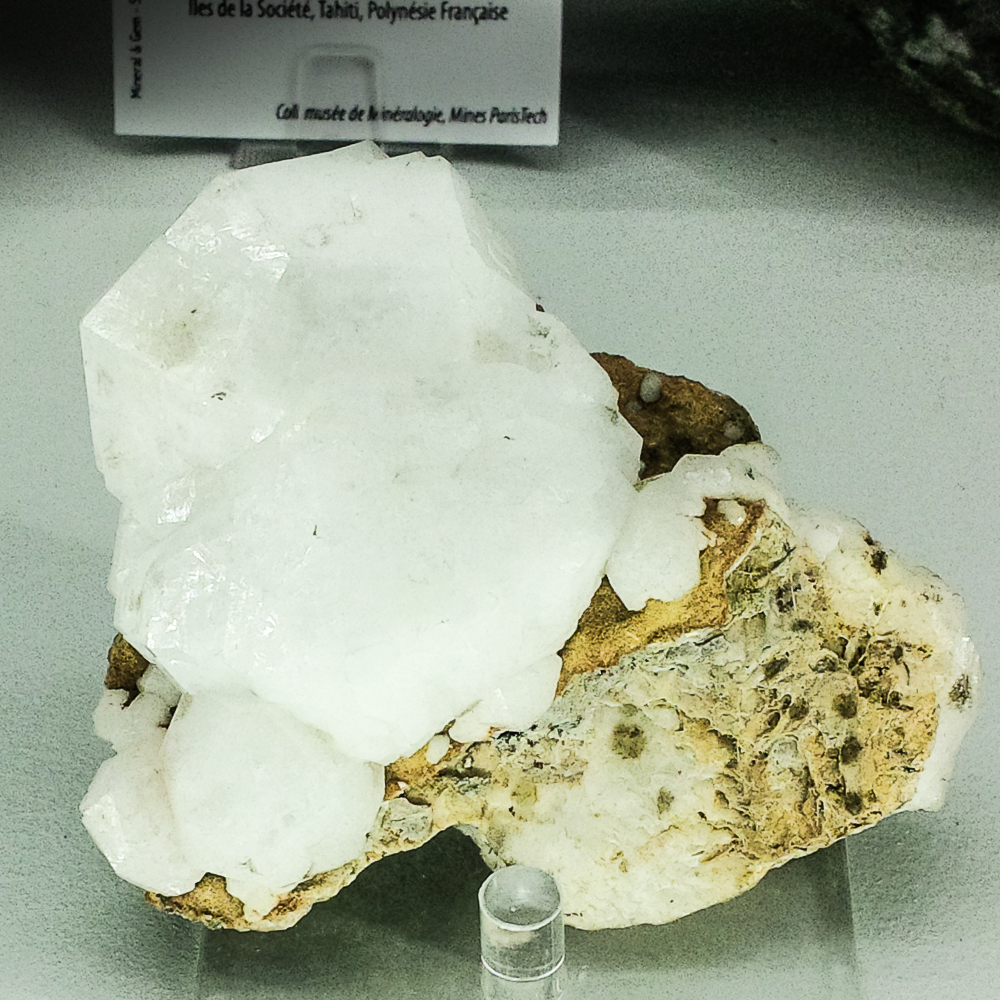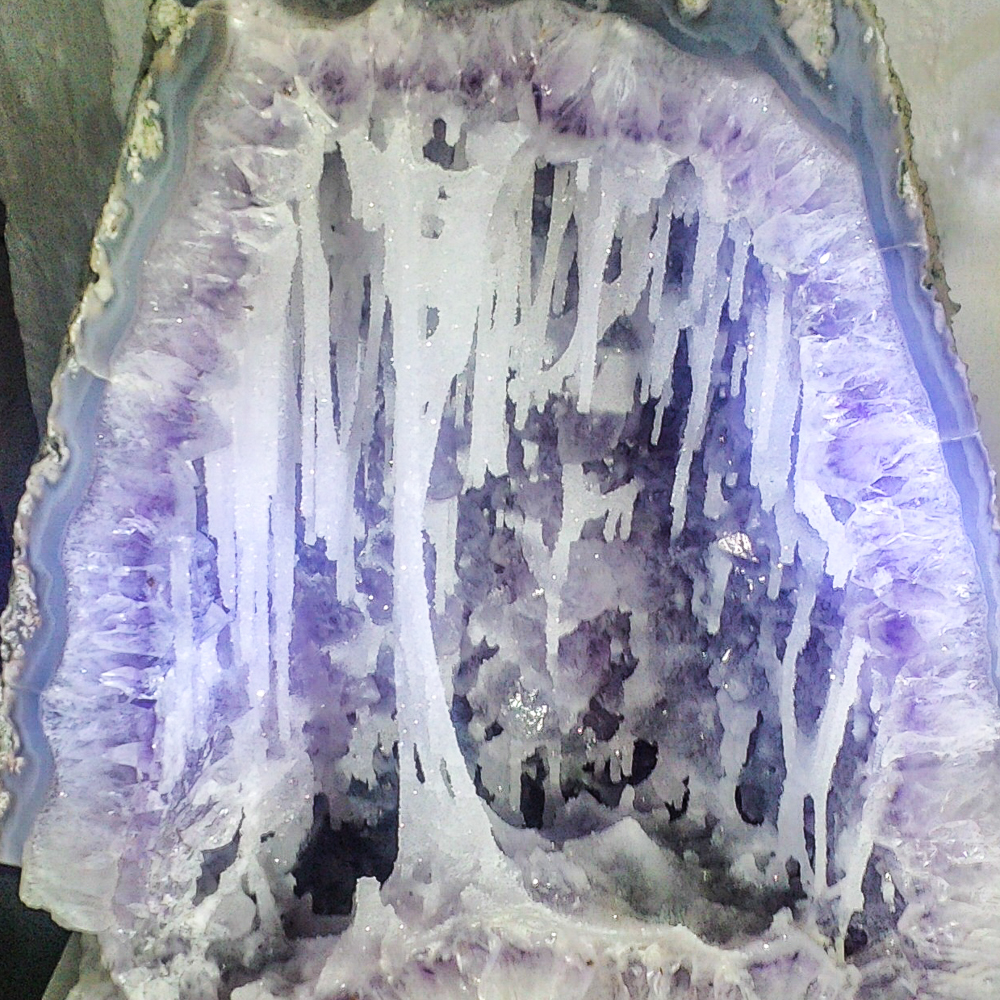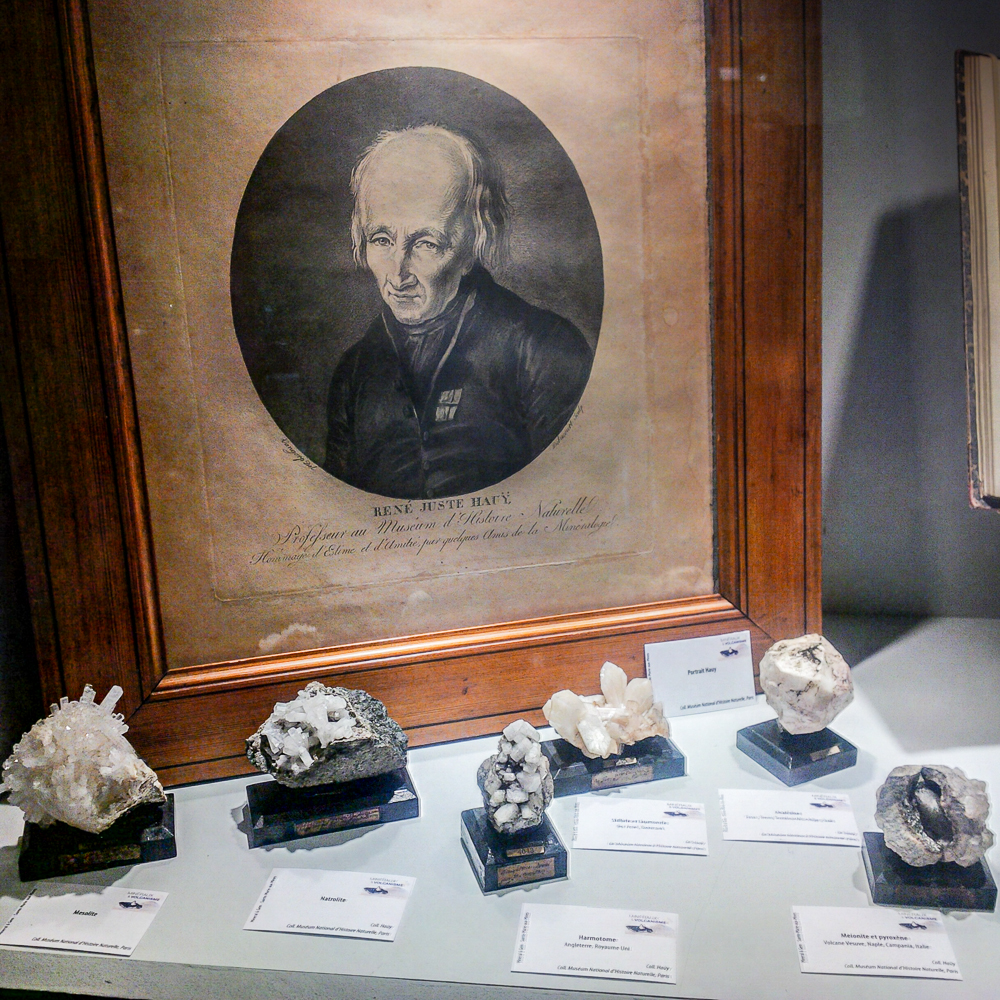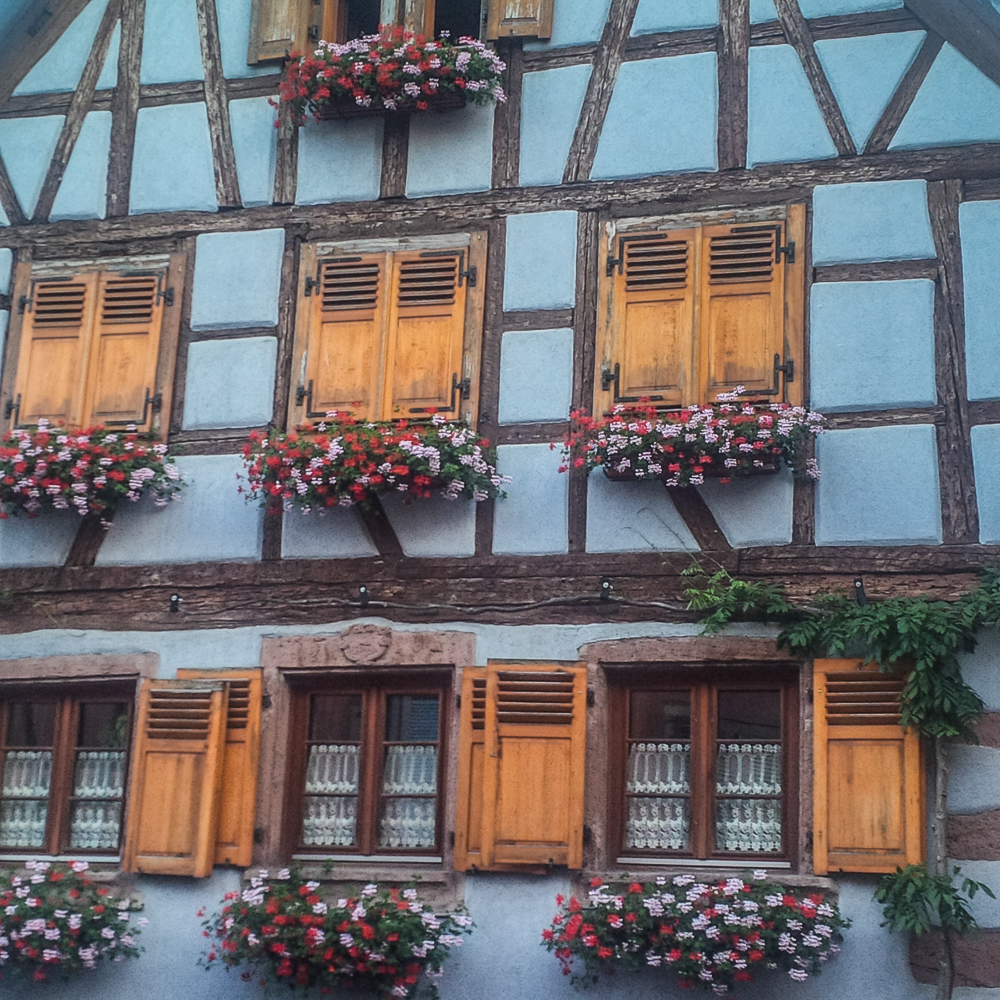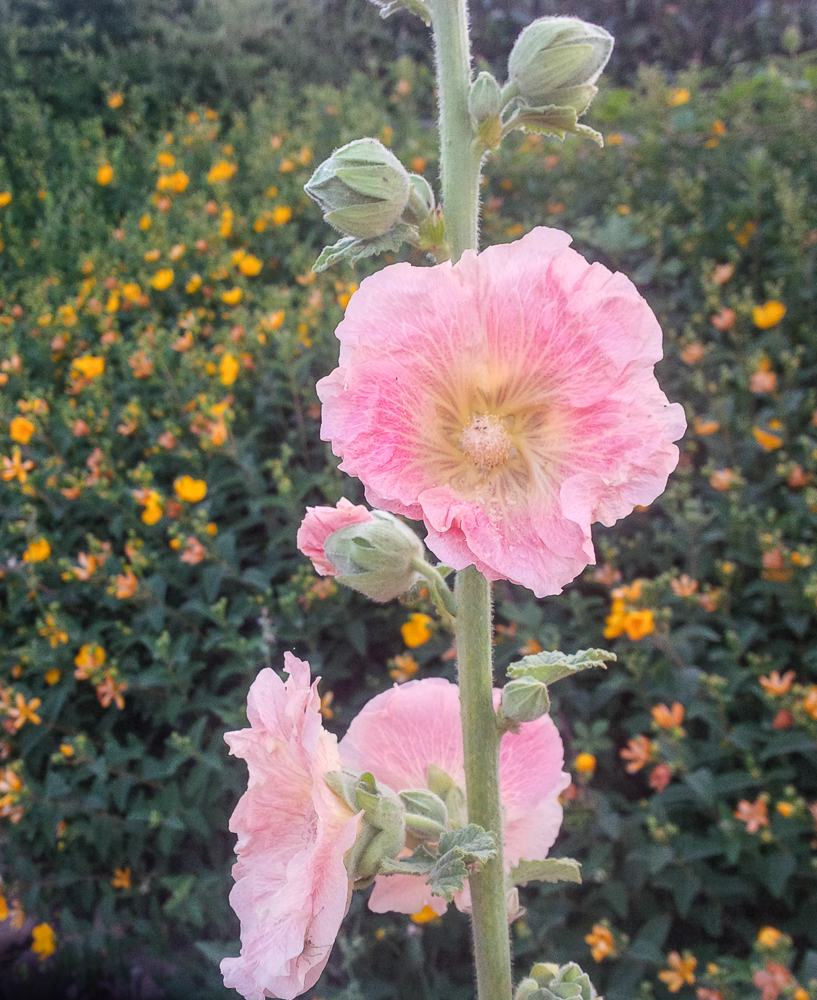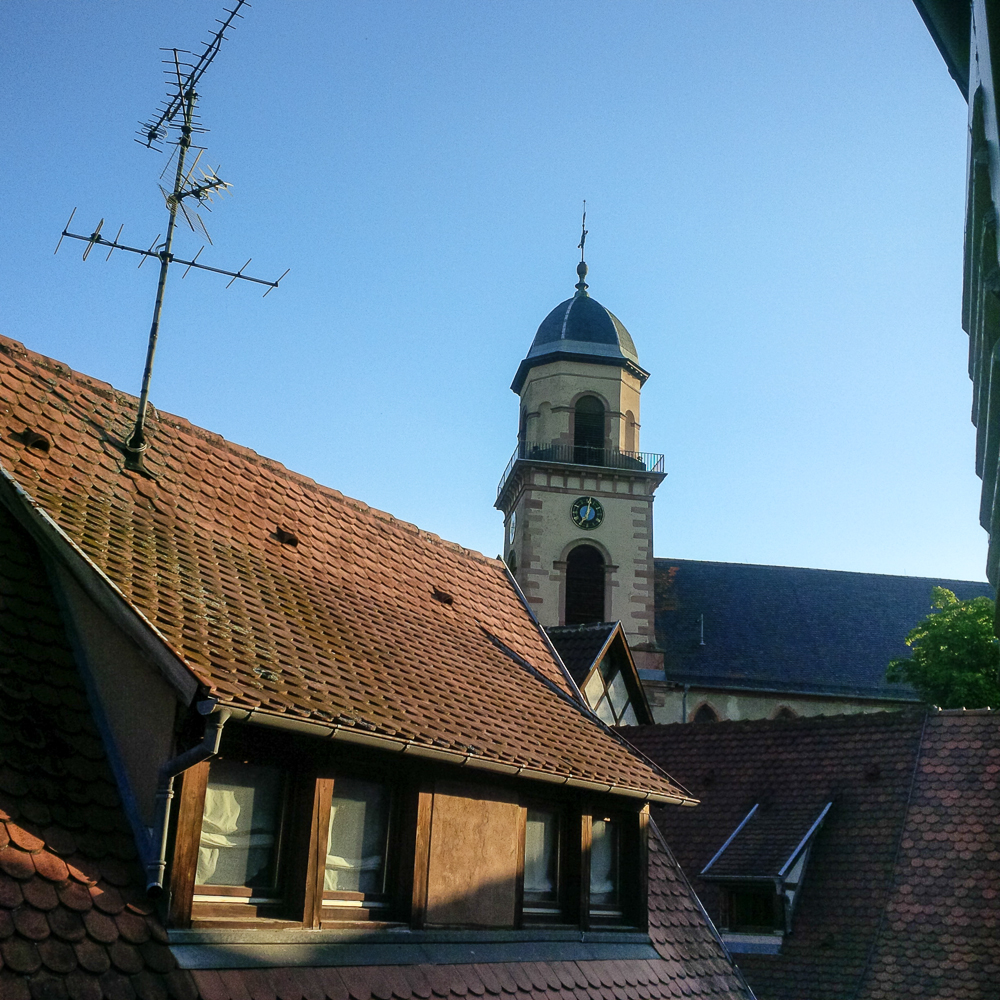Categories
Archives
In the heart of France’s Vosges Mountains, each June, Mineral World assembles at Sainte-Marie-aux-Mines, Alsace, for what is always a great mineral show.
Alsace is a beautiful place, and this sure is a beautiful time of year.
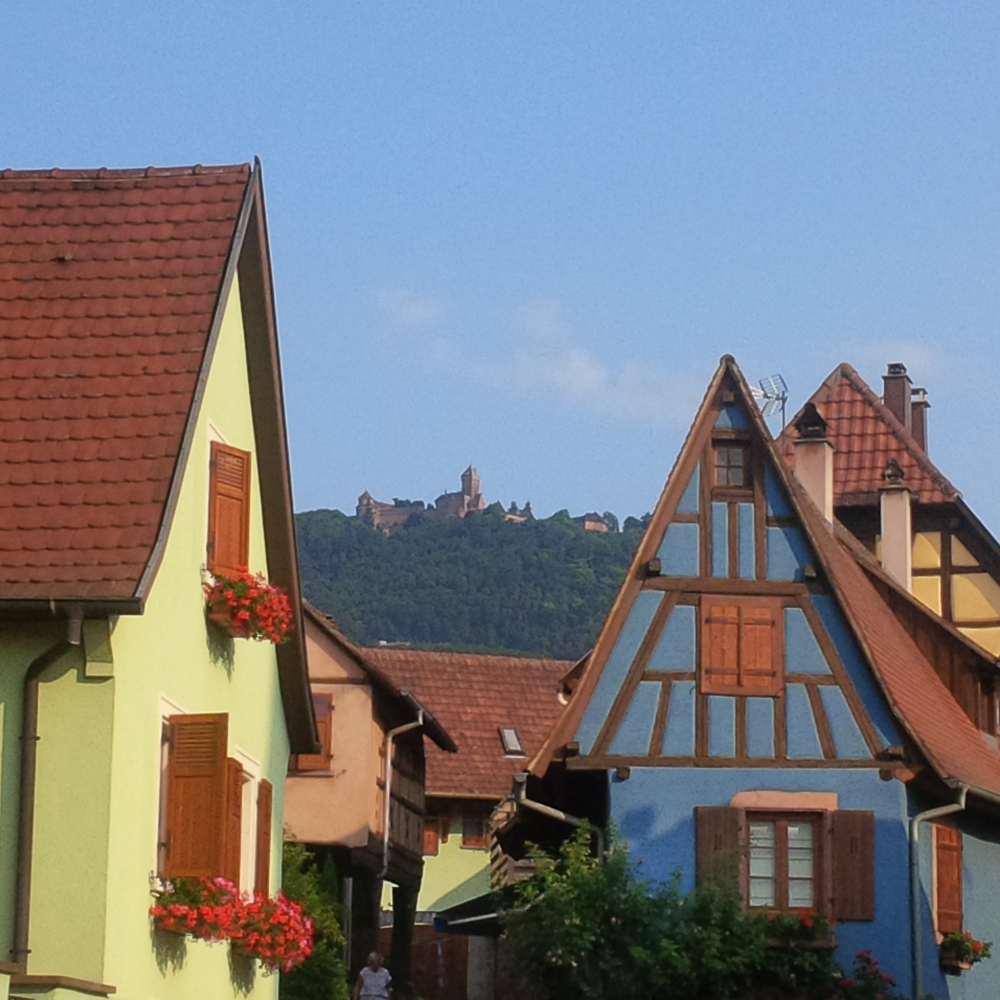
Saint-Hippolyte, Alsace, with the Chateau du Haut-Koenigsbourg on the crest of the hill in the background.
Everywhere you look, Sainte-Marie-aux-Mines is full of blooms in late June.
Lavender is a common sight and scent in Alsace at this time of year.
Ste. Marie’s mining history dates to the 16th century. Located in the Val’D’Argent (“Valley of Silver”), the town was the hub for a vast number of mining operations over a few hundred years that ultimately left approximately 20,000 km of tunnels under and inside these valley hills.
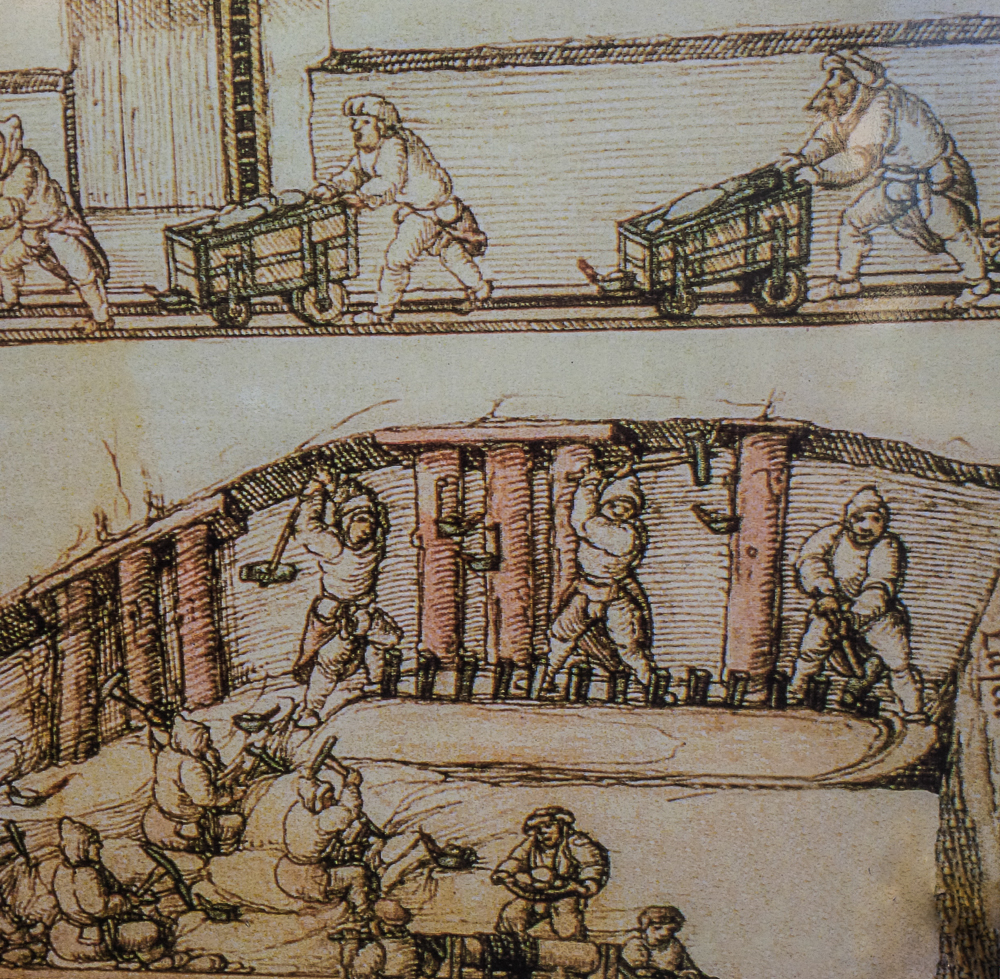
Depiction of historic mining practices in the area of Sainte-Marie-aux-Mines
If you are newer to the website and might not have seen prior Ste. Marie reports, I’ve written a bit more on the history in other years’ posts – there are some good photos as well, for example in the Sainte-Marie-aux-Mines 2015 post (click here).
The Show
For a few days each year, this town is transformed, as mineral and gem people from every corner of the globe get together. The centre of town becomes its own little community with tent “streets” and alleyways in all directions.
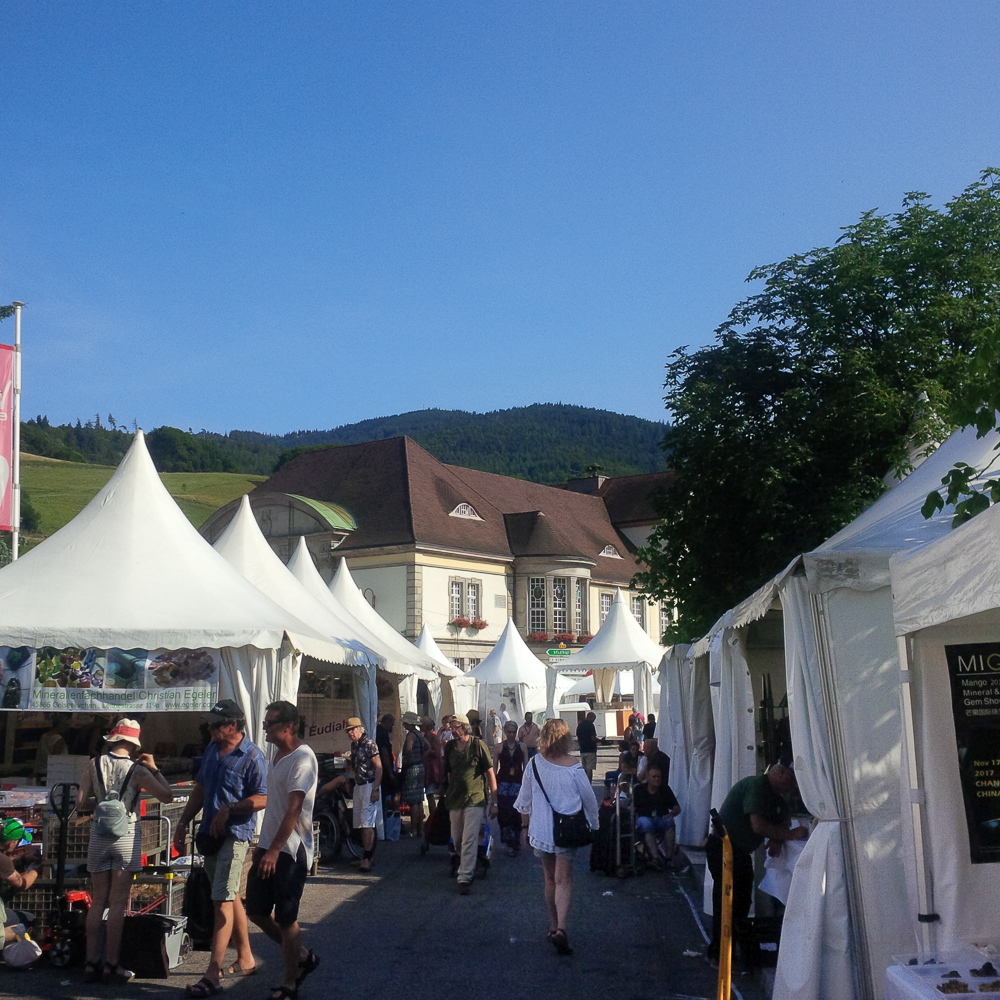
One of the many tent streets, with the Theatre venue in the background.
Although it is a gorgeous time of year in Alsace, 2017’s European heat wave made for some scorching days at the show. One popular way to beat the afternoon heat was the misting station they had installed for the show at the central hub-intersection, by the theatre.
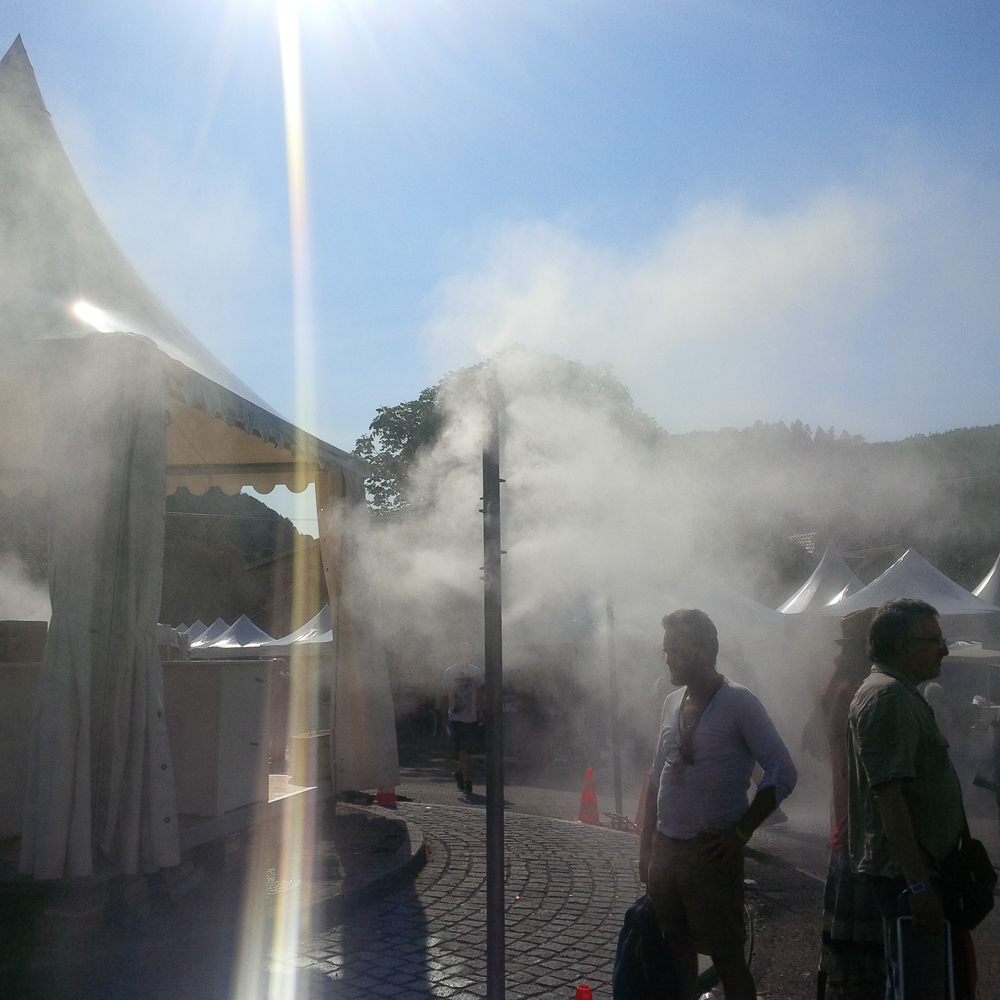
It was a great idea. Unfortunately for me, I was always carrying flats full of minerals when I passed this intersection… (cardboard mineral boxes and misting don’t mix!)
Of course, hot days can’t stop the quest… and there were some great finds this year.
There has been a large new find of red zircons from the Astor Valley, in Pakistan. A locality that has sporadically produced small amounts of material in recent years, this find produced a large number of pieces. However, from all I have seen, fine zircons are few. There are two key reasons for this. First, the zircons are enclosed within solid rock with other hard constituent minerals, such that many zircons were broken when they were collected. Second, and a much more prevalent issue, the zircon crystals seem to have formed more or less contemporaneously with most of the other minerals in the deposit – feldspar, biotite mica, and pyroxene – and as a result, most of the zircon crystals are not fully developed. Instead, most zircon crystal growth was interrupted by the growth of these other minerals, and therefore most zircons are simply incomplete, or malformed. And yet, among the well-over 1000 pieces I went through, there were a few super crystals. The colour ranges from hues of wine-red to intense, vivid deep red, with some occasional gradation to much lighter hues, almost colourless.
I’m including a few photos here, and to see more, I’m including a link below these.
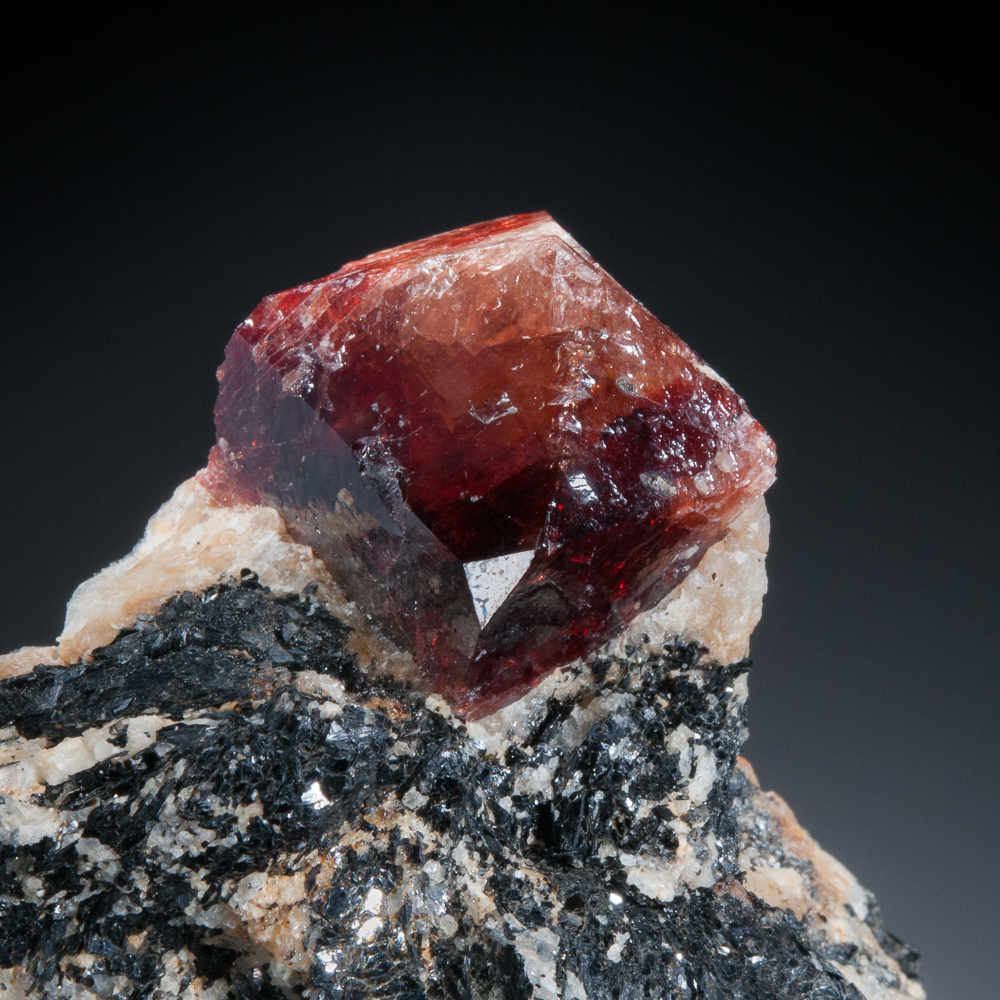
Zircon, Astor Valley, Gilgit-Baltistan, Pakistan – crystal 3 cm across
Zircon, Astor Valley, Gilgit-Baltistan, Pakistan – 2 cm crystal
Zircon, Astor Valley, Gilgit-Baltistan, Pakistan – field of view 2 cm
Zircon, Astor Valley, Gilgit-Baltistan, Pakistan – field of view 3 cm
Zircon, Astor Valley, Gilgit-Baltistan, Pakistan – field of view 2 cm
Zircon, Astor Valley, Gilgit-Baltistan, Pakistan – field of view
These zircon crystals fluoresce yellow under shortwave ultraviolet light.
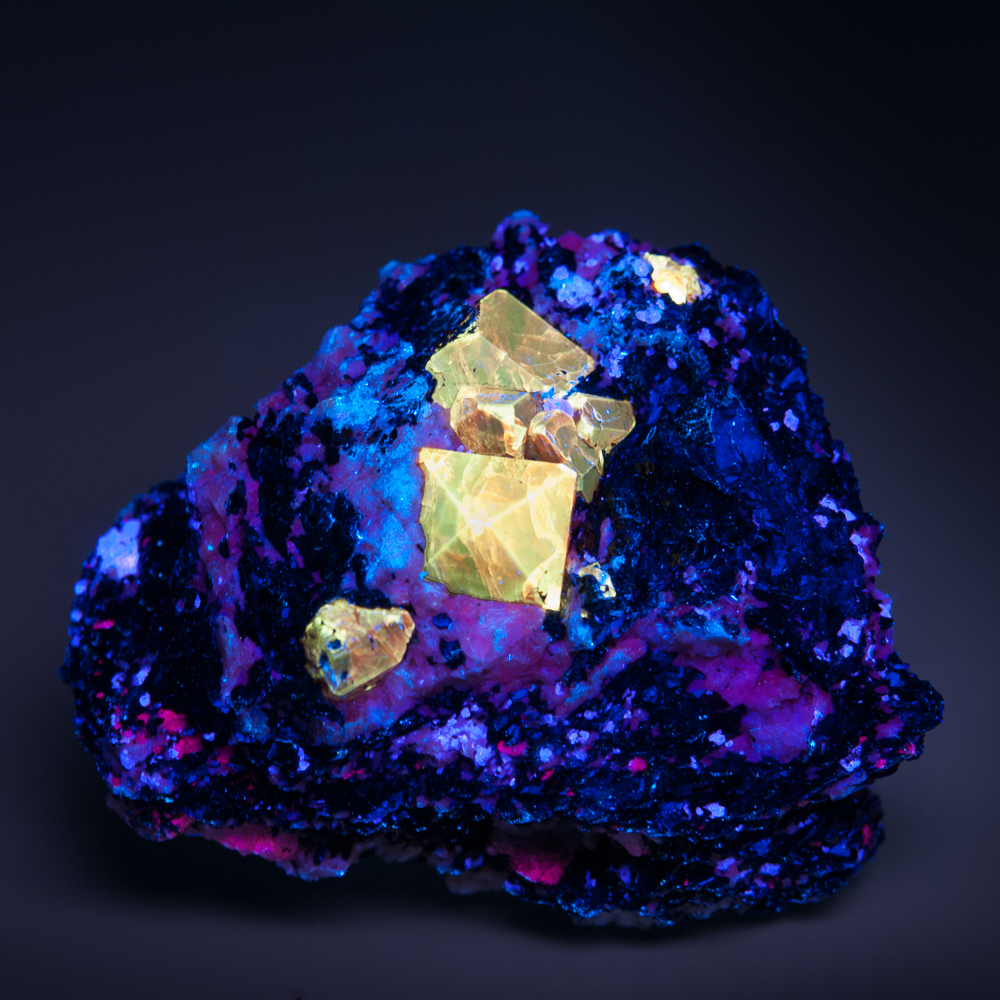
As a related aside, if you’ve read my mineral show posts before, you will likely have seen that I joke about shows as “urban field collecting”. So here is an example of one kind of urban field collecting. The Astor Valley red zircons arrived in metal shipping containers, and large numbers were as yet still packed up. Meaning… a few hours in the hot sun… I unpacked each and every zircon from this shipment, never knowing whether the next piece in hand might be a worthy specimen (and usually it was not!).
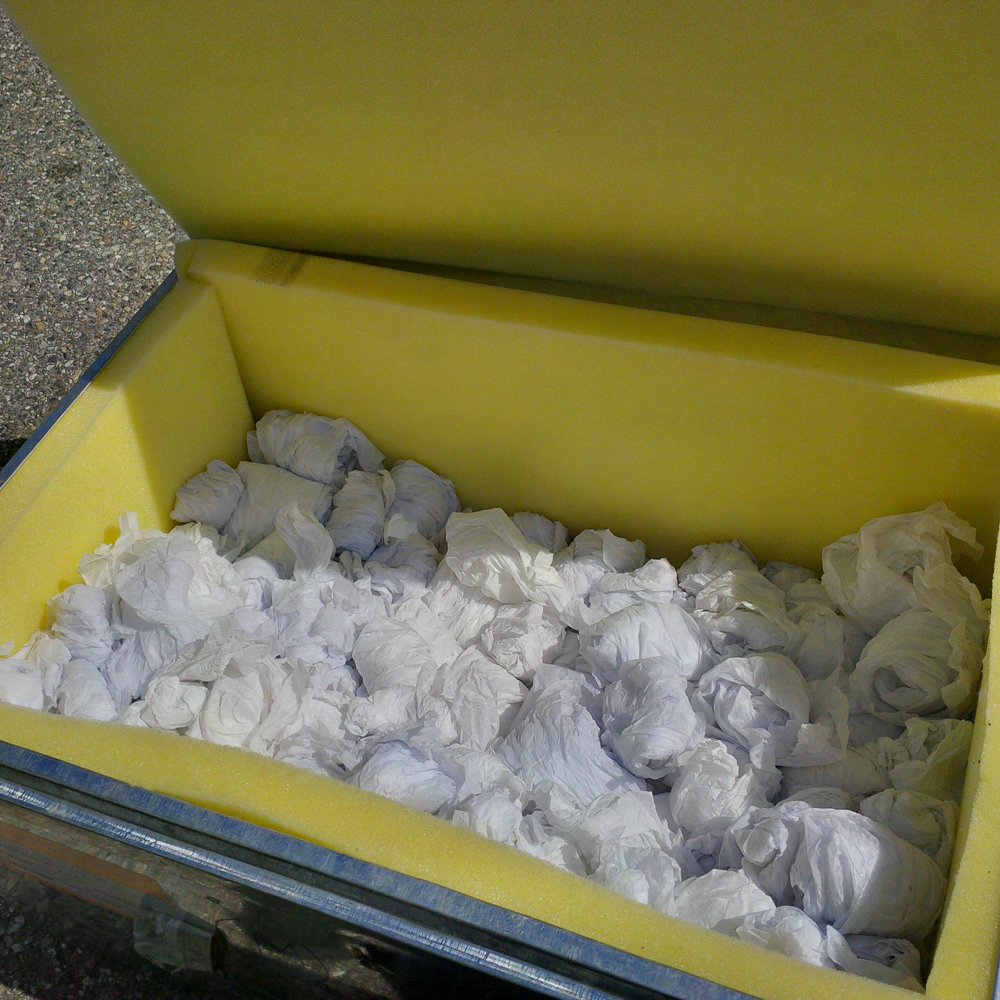
This sure isn’t so different from collecting on mine dumps: (1) Each piece you have in hand has no direct relationship to the one next to it. (2) Any piece can be great. and (3) If you don’t keep going through as much material as humanly possible, you will miss the good specimens. So, on you go…
Next, from the well-known locality, Paprok, Afghanistan, there has been new production of some excellent spodumene crystals. Many are bicoloured, light pink and green, while some are one colour or the other. Some of these are very nicely formed!
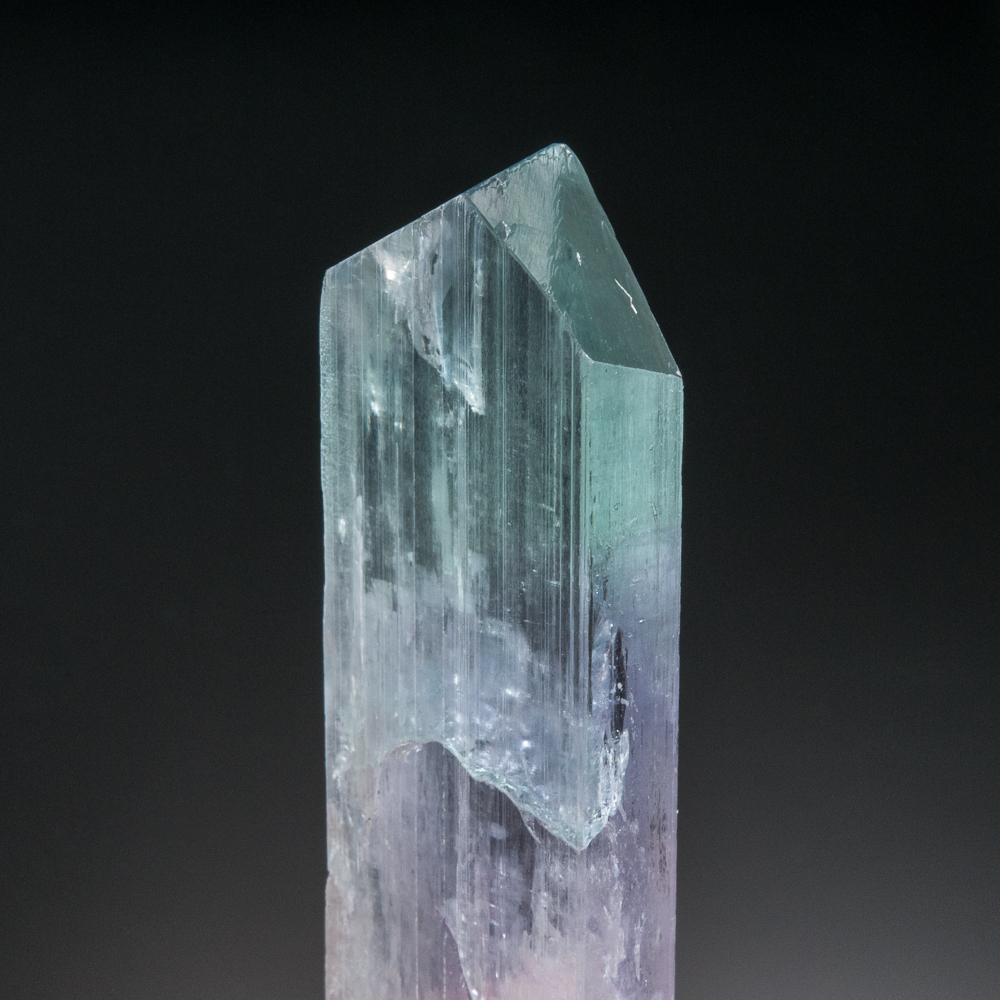
Spodumene, Paprok, Kamdesh District, Nuristan Province, Afghanistan – 5.0 cm (photographed section)
Spodumene, Paprok, Kamdesh District, Nuristan Province, Afghanistan – 4.5 cm (photographed section)
Spodumene, Paprok, Kamdesh District, Nuristan Province, Afghanistan – 5.0 cm
Spodumene, Paprok, Kamdesh District, Nuristan Province, Afghanistan – 4.0 cm (photographed section)
Spodumene, Paprok, Kamdesh District, Nuristan Province, Afghanistan – 2.5 cm (photographed section)
A “new” find of clinochlore has come from Arrondissement Diako, Mali. I say “new” because they are new to us, but were actually collected a while back. The information relayed to me is that these were found six years ago by a geologist prospecting for economic ore minerals. The clinochlores were not considered specimens by the prospector, but have now been tracked down. A very soft mineral, excavated by a commercial prospector, you can imagine that most from the lot are not fine mineral specimens at all, but a very few are really nice, particularly under good lights, where the green becomes visible. Good clinochlore specimens are really not easy to come by, so I was really pleased to find these.
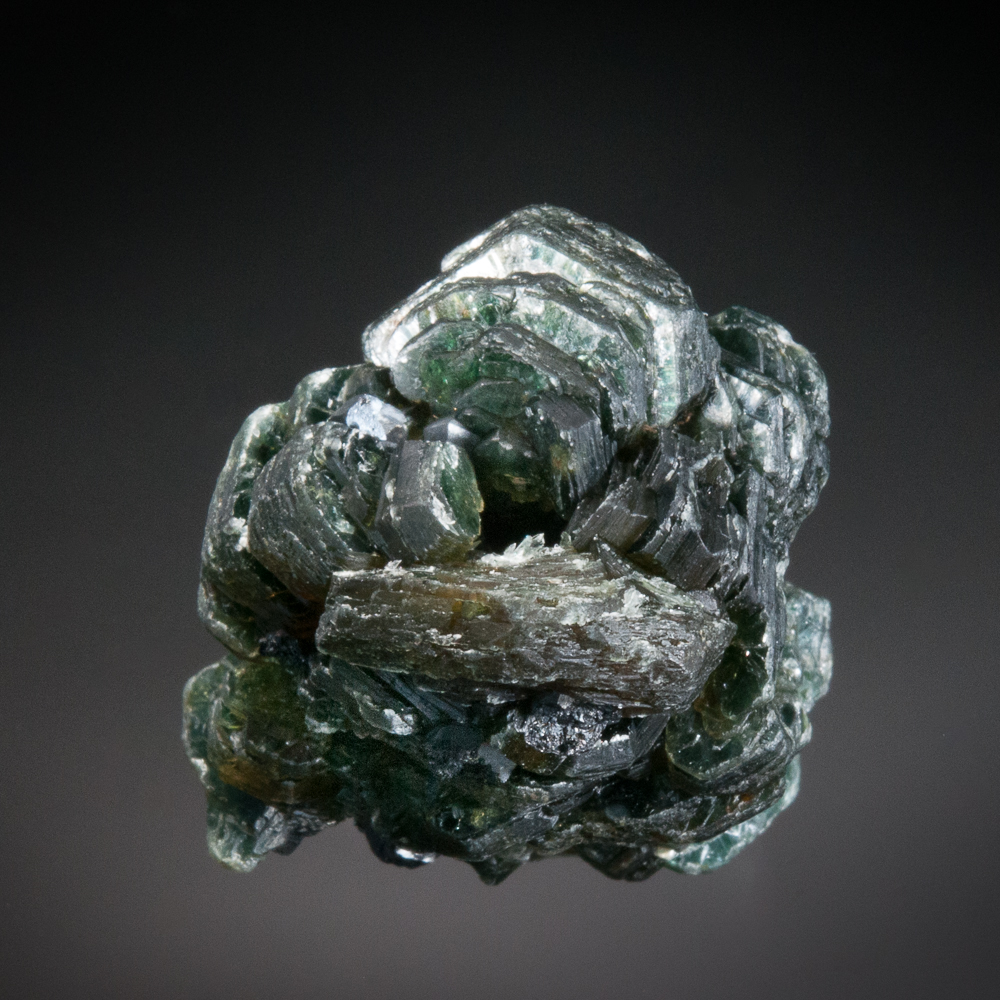
Clinochlore, Arrondissement Diako, Cercle de Bafoulabé, Kayes Region, Mali – 3.3 cm
Clinochlore, Arrondissement Diako, Cercle de Bafoulabé, Kayes Region, Mali – 4.0 cm
Clinochlore, Arrondissement Diako, Cercle de Bafoulabé, Kayes Region, Mali – 2.5 cm crystal
A few years ago, I managed to acquire a few hematite specimens from just outside the town of Sainte-Marie-aux-Mines itself. These are the hematites from Brezouard Massif, Sainte-Marie-aux-Mines, Haut-Rhin, Alsace, France. I’ve tracked down a few more. Specimens from this locality were collected in the 1970s and 1980s. These are really great, distinctive hematite specimens, from a now classic locality.
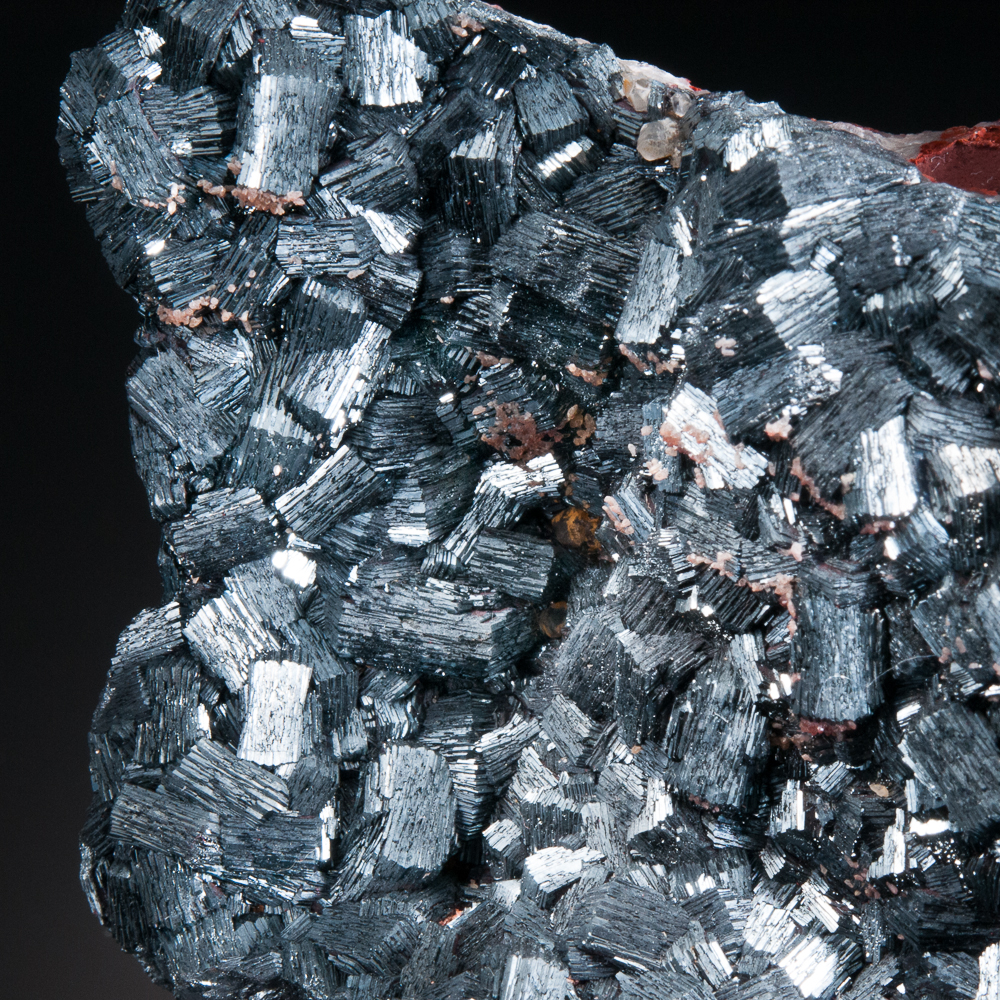
Brezouard Massif, Sainte-Marie-aux-Mines, Haut-Rhin, Alsace, France – field of view 4.0 cm
Hematite with quartz, Brezouard Massif, Sainte-Marie-aux-Mines, Haut-Rhin, Alsace, France – 5.8 cm
Hematite, Brezouard Massif, Sainte-Marie-aux-Mines, Haut-Rhin, Alsace, France – 8.7 cm
Hematite, Brezouard Massif, Sainte-Marie-aux-Mines, Haut-Rhin, Alsace, France – field of view 5.0 cm
The Show Exhibits
As always, the exhibits were fantastic. This year’s theme was Minerals and Volcanism, with cases dedicated to mineral specimens from volcanic deposits around the world. Of course, they featured many basalt-hosted specimens from localities around the world. Some of these are very well represented by specimens and photographs throughout the world – examples include the Deccan Traps in India and the beautiful amethysts from Artigas, Uruguay – while others are localities and minerals that we rarely see represented. With one exception, I’ve chosen to include photos of a few of the latter for this post. To me, that is often the most amazing part of the Ste. Marie exhibit experience.
Beginning with France, I loved the way this particular display was set up. It was dim, with LED illumination under the five specimens (four corundum crystals and an orange zircon), and did they ever jump to life!
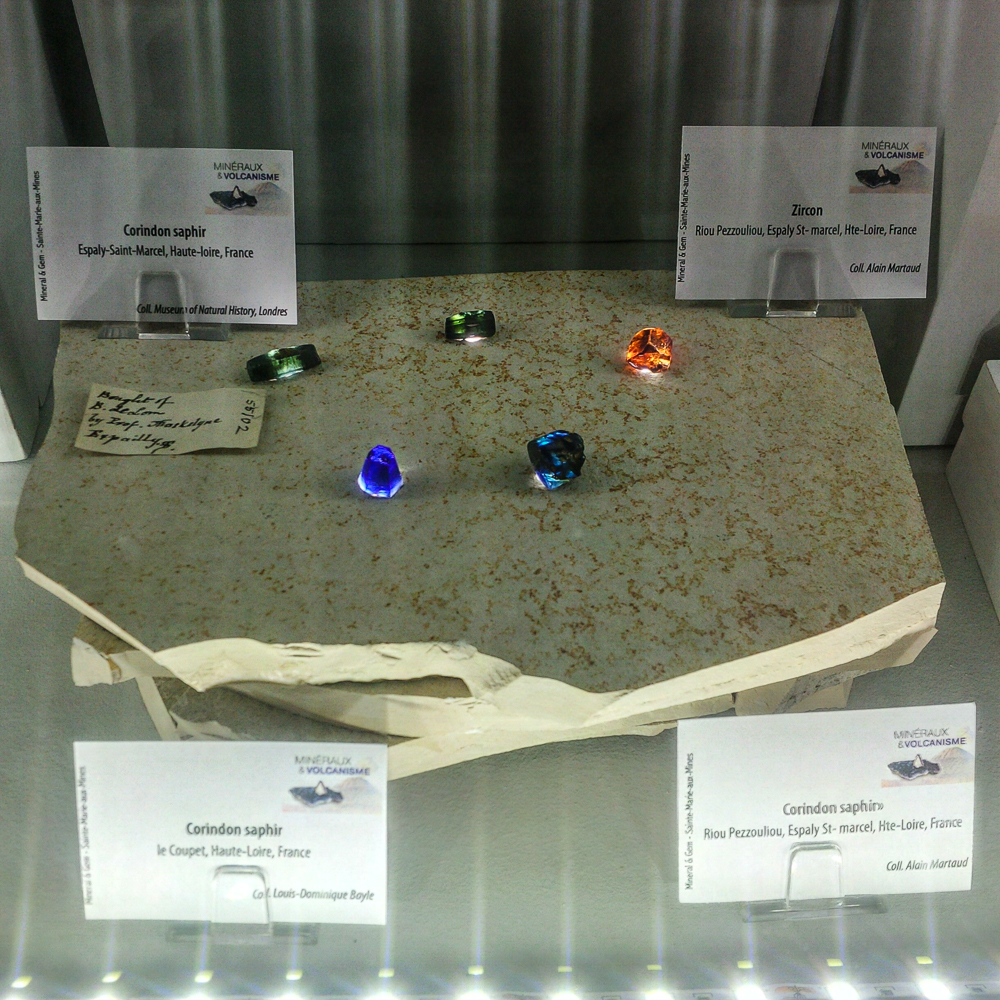
From top left, clockwise: Two green-blue corundum crystals from Espaly-Saint-Marcel, Haute Loire (Collection of the Museum of Natural History, London);
Orange zircon from Riou Pezzouliou, Espaly-Saint-Marcel, Haute Loire (Collection of Alain Martaud);
Blue corundum, var. sapphire, from Riou Pezzouliou, Espaly-Saint-Marcel, Haute Loire (Collection of Alain Martaud); and
Blue corundum, var. sapphire, from le Coupet, Haute Loire (Collection of Louis-Dominique Bayle)
This is one of the world’s finest (if not the single finest) specimens of phillipsite. The cruciform twin at the top is about 2.5 cm, and the crystals are sharp and lustrous.
Phillipsite, Alter Stein Quarry, Allendorf, Hessen, Germany (Collection of Andreas Leinweber)
This next one is not a rare mineral, but a really classy specimen from an unfamiliar locality.
Aragonite, Gergovy, Puy de Dome, France (Collection of Alain Martaud)
While we’re in Europe, a couple of true classics from Italy:
These are just gorgeous crystals for nepheline.
Nepheline, Mt. Somma, Campania, Italy – crystals to about 1 cm
(From the Struver Collection, 1888, in the Collection of the Museo Universitaria di Scienze della Terra, Italy)
And this vesuvianite is sharp with great lustre.
Vesuvianite, Latium, Italy – crystal about 1 cm
(From the Spada Collection, in the Collection of the Museo Universitaria di Scienze della Terra, Italy)
With apologies for the very poor photograph quality (white zeolites really need extra lights and/or reflectors), I wanted to include this specimen despite the photo, because the piece blew me away. It’s a superb analcime from any locality, but check out this locality!
Analcime, Kerguelen Islands, French Southern and Antarctic Lands – crystals to 5 cm
Collection of the Museum of Natural History, London
I mentioned one exception for a specimen from a more commonly represented locality, and this is from the abundant deposits in Rio Grande do Sul. It is spectacular! It glistens and sparkles throughout the cavity and was a favourite for many at the show.
Quartz, var. amethyst, Rio Grande do Sul, Brazil – approximately 30 cm
Collection of the National Museum of Natural History, Paris.
And finally I’ll end with what was a great case, a display of specimens from volcanic deposits from the collection of French mineralogist René Just Haüy, generally regarded as the “father of modern crystallography”. These specimens are from the National Museum of Natural History in Paris.
Until next year, so long for now to the beautiful towns and gardens of Alsace…
Saint-Hippolyte, Alsace
Saint-Hippolyte, Alsace


